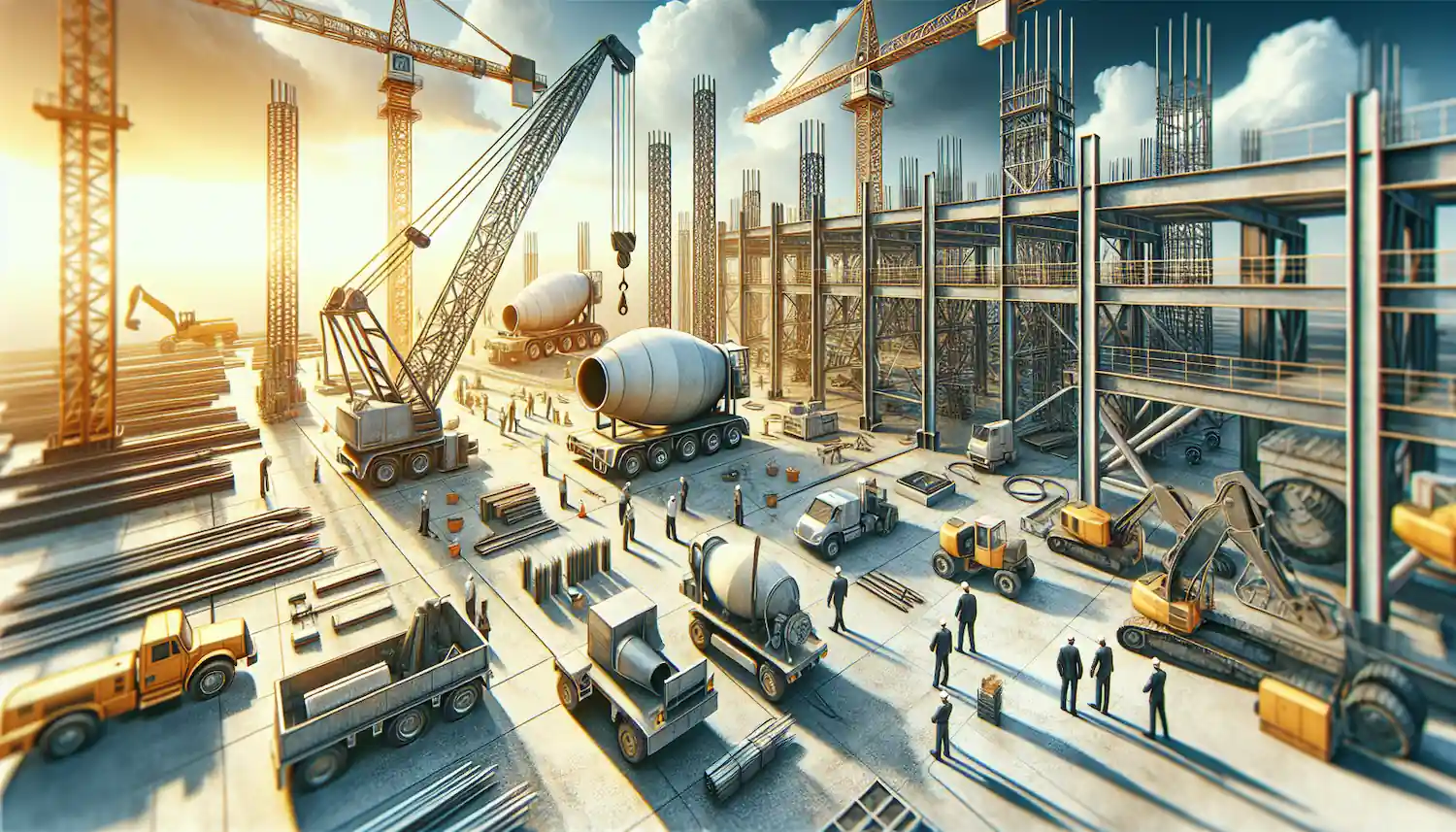Innovations in Construction: Transforming Machinery and Equipment

This article will explore the latest innovations in construction technology, focusing on autonomous and remote-controlled machinery, electric powered equipment, and the role of predictive analytics and IoT in enhancing operational efficiencies.
Additionally, we will delve into how 3D printing in construction and Building Information Management (BIM) are paving the way for more streamlined and effective project management.

By acquainting yourself with these new technologies in construction equipment, you'll gain insights into how modern construction tools and safety innovations in construction can be leveraged to push the boundaries of what's possible in building and infrastructure development.
Autonomous & Remote-Controlled Machinery
Latest Trends in Autonomous Machines
- Adoption of Construction Robotics: The construction industry is witnessing a significant shift with the introduction of autonomous machines like bulldozers, excavators, and compactors retrofitted with intelligent control systems. These systems calculate precise movements and materials needed, enhancing efficiency on construction sites through advanced autonomous technology and retrofitting technology.
- Enhanced Safety and Productivity: Autonomous track loaders (ATLs) and other robotic machinery improve safety by operating without direct human control, relying on technologies like LiDAR and GPS. This reduces human error and potential accidents, particularly in hazardous environments such as road construction, thanks to advanced machine guidance and autonomous vehicles.
- Integration of AI and IoT: By incorporating artificial intelligence and the Internet of Things, autonomous machines can perform complex tasks with minimal human intervention, further streamlining construction processes and reducing labor costs. The integration of AI in construction is revolutionizing how projects are executed.
Benefits of Remote-Control in Construction
- Increased Operator Safety: Remote-controlled machinery allows operators to work from a safe distance, avoiding hazards like falling debris and unstable structures. This not only protects the operators but also reduces the likelihood of workplace injuries, making remote control technology a vital safety innovation.
- Reduced Physical Strain: Operating machinery remotely reduces physical demands on workers, which can extend their careers and attract a younger workforce aware of the physical tolls associated with manual labor.
- Improved Efficiency and Consistency: Remote controls enable operators to maintain consistent machine operation with settings like speed and pressure, which are crucial for tasks like surface preparation or demolition. This consistency leads to higher quality outcomes and reduces the need for rework.
If you're looking to enhance your construction projects with cutting-edge autonomous and remote-controlled machinery, consider reaching out to MCH Parts for a free sourcing machinery or parts consultation and get a free quote today.
Electric Powered Equipment
Energy Efficiency and Sustainability
The transition towards electric powered equipment in the construction industry is a significant step towards sustainability and energy efficiency. Excavators, which are pivotal in construction, contribute to 50% of the CO2 emissions.
Within the industry, the shift to electric and hybrid-electric machinery is crucial in reducing these emissions and aligning with global initiatives to combat climate change. Electric construction equipment, including autonomous excavators, loaders, and forklifts, not only offer zero tailpipe emissions but also showcase superior performance.
Superior energy efficiency over internal combustion engines, this transition not only reduces the overall energy consumption but also delivers long-term cost savings to construction companies. Moreover, advancements in battery technology are addressing the limitations imposed by battery range, making electric construction machinery increasingly feasible for a broad spectrum of projects.

Examples of Electric Construction Equipment
Several manufacturers have introduced electric and hybrid-electric versions of traditional autonomous construction vehicles. Volvo CE's electric excavator and wheel loader specifications are nearly identical to their diesel counterparts, with only minor differences in operating weight and motor power.
World's first all-electric compact track loader Doosan Bobcat's T7X showcases the potential for electric machinery in the construction industry, offering up to four hours of continuous runtime. Additionally, the Elektro Dumper, the world's largest electric vehicle designed for transporting marble, highlights the superior payload capacity and the innovative use of regenerative braking systems in electric construction equipment.
These examples underline the growing trend and demand for electric construction equipment, driven by the need for more sustainable construction practices.
Predictive Analytics and IoT
Role of Predictive Analytics in Equipment Maintenance
Predictive analytics transforms equipment maintenance by utilizing AI-driven predictive maintenance, which employs sensors and machine learning algorithms to collect and analyze data on equipment performance in real time.
This innovation allows for the prediction of equipment failure, enabling repairs to be scheduled before a breakdown occurs, thus saving time, money, and improving safety on job sites. AI algorithms analyze data from construction equipment, including performance metrics, sensor data, and historical records, to identify potential issues well in advance.
Furthermore, predictive maintenance significantly reduces equipment downtime and emergency repairs, leading to lower maintenance costs and more budget-friendly construction projects. By addressing issues before they escalate, predictive maintenance extends the lifespan of construction equipment, effectively giving machines a longer operational life.

Impact of IoT on Construction Efficiency
The Internet of Things (IoT) plays a pivotal role in enhancing construction efficiency. IoT sensors measure vital parameters like vibration, pressure, temperature, and moisture in real-time, sending unusual readings directly to decision-makers.
This capability allows for the anticipation of equipment failures, reducing breakdowns by leveraging telematics 70–75 percent and downtime by 35–45 percent, thus boosting productivity and project completion rates. IoT technology revolutionizes fleet management by automating the tracking of vehicles and essential equipment, optimizing the utilization of machines, and managing fuel consumption efficiently.
In addition, IoT devices facilitate real-time tracking of tools, equipment, and machines, enhancing productivity and reducing operational costs. By integrating sensors and IoT technology in construction, fleet managers can gather real-time data on the health and performance of each piece of heavy machinery, allowing for advanced machine learning applications, proactive interventions and reducing unnecessary downtime.
If you're looking to leverage predictive analytics and IoT to enhance your construction projects, contact MCH Parts for a free sourcing machinery or parts consultation and get a free quote today.
3D Printing in Construction
Current Applications of 3D Printing
3D printing technology is increasingly being utilized in the construction industry to enhance efficiency and sustainability. Current applications include the printing of walls, floors, and other structural components, as well as the creation of molds for concrete casting.
Additionally, experimental applications are being explored in the construction of bridges and other large-scale infrastructure projects. The technology allows for advanced construction automation, the precise use of materials, significantly reducing waste and overall project costs.

Future Potential and Innovations
The future of 3D printing in construction looks promising with the potential use of advanced materials and printing techniques. Integration with other technologies such as robotics and artificial intelligence is expected to drive further innovations.
This digital transformation could lead to new construction methods like on-site printing and the creation of entirely new types of structures. As the technology matures, it will continue to impact almost all areas of the construction value chain. Offering significant time and cost savings, and enhancing the safety and efficiency of construction projects.
If you're interested in exploring the benefits of 3D printing for your construction projects, consider contacting MCH Parts for a free sourcing machinery or parts consultation and get a free quote today.
Building Information Management (BIM)
How BIM Enhances Collaboration
Building Information Modeling (BIM) serves as a shared knowledge resource, fostering collaboration among all project members, leveraging big data to enhance decision-making. Across the construction lifecycle by creating a digital representation of physical assets through a 3D model, BIM allows for efficient tracking, monitoring, and management of a project from design to maintenance.
This digital approach breaks down the silos typically formed in traditional CAD methodologies, promoting open communication between design and construction teams. The common data environment (CDE) provided by BIM enables centralized access to project data, enhancing collaboration and communication among stakeholders.
Moreover, integrating different software, tools, and techniques into a single model, BIM simplifies the process of building architectural design and inter-team collaboration. The technology's ability to facilitate seamless collaboration reduces errors, saves time, and improves overall project efficiency, making it a cornerstone for modern construction projects by incorporating data science.
The Future of BIM in Construction
The future of BIM in construction looks promising with its increasing integration with emerging technologies like IoT, AI, and AR. This integration is expected to revolutionize construction projects by enabling more informed decision-making through AI in construction management and artificial intelligence in construction project management.
Optimizing designs detecting potential issues and automating routine tasks. BIM's role in promoting sustainable design and construction practices is also significant. By optimizing building designs for energy efficiency and facilitating better decision-making regarding materials and construction methods, BIM contributes to effective scheduling, reducing operational costs and environmental impacts.
Additionally, the adoption of BIM is expanding beyond building construction to infrastructure and facility management, promising better design coordination, asset management, and maintenance planning. The democratization of BIM, facilitated by more affordable and scalable software solutions and cloud-based platforms, is likely to increase its adoption among small and medium-sized construction firms, further driving construction automation.
If you're looking to harness the full potential of BIM for your construction projects, consider reaching out to MCH Parts for a free sourcing machinery or parts consultation and get a free quote today.
Conclusion
Throughout the exploration of innovations in construction technology, from autonomous heavy equipment and remote-controlled machinery to the environmental advancements of electric-powered equipment, it's clear that the industry stands on the brink of a transformative era. The integration of predictive analytics, IoT, 3D printing, and Building Information Management (BIM) further underscores a future where construction not only becomes more efficient and sustainable but also significantly safer and cost-effective. These advancements prompt a reevaluation of traditional construction methodologies, pushing for a shift towards more innovative and technologically driven approaches.
The implications of these innovations extend far beyond the immediacy of construction projects, signaling a sea change. In how the built environment interacts with the natural world and its resources. As the industry continues to evolve, the embrace of these technologies will become increasingly critical in staying competitive and meeting the complex demands of tomorrow's construction challenges.
Consider reaching out to MCH Parts for a free sourcing machinery or parts consultation, ensuring your project benefits from the latest advancements, top-tier equipment.Together, these innovations not only promise to redefine the standards of construction projects but also open up new possibilities for tackling the pressing challenges of our time.
FAQs
1. What new technologies are currently shaping the construction industry?
Innovative technologies in construction include Building Information Modeling (BIM), the use of drones, modular construction techniques, artificial intelligence in construction, Digital Twins, blockchain, virtual and augmented reality, 4D simulations, and 3D printing.
2. What are the anticipated future innovations in the construction sector?
Looking ahead to 2024, the construction industry is expected to embrace significant innovations such as 3D concrete printing, the deployment of exoskeletons for labor support, and increased utilization of drones, all aimed at enhancing efficiency, safety, and environmental sustainability through construction automation.
3. Can you name three key technologies currently utilized in construction?
Three notable technologies impacting the construction field are Building Information Modeling (BIM) software, virtual reality and wearables, and 3D printing, alongside the integration of artificial intelligence in construction.
4. What are the emerging technologies in the construction industry?
Emerging technologies in the construction industry include the Internet of Things (IoT), artificial intelligence (AI), augmented reality (AR), and 3D printing. These technologies are paving the way for increased productivity and efficiency in the AI in construction industry.
Read More
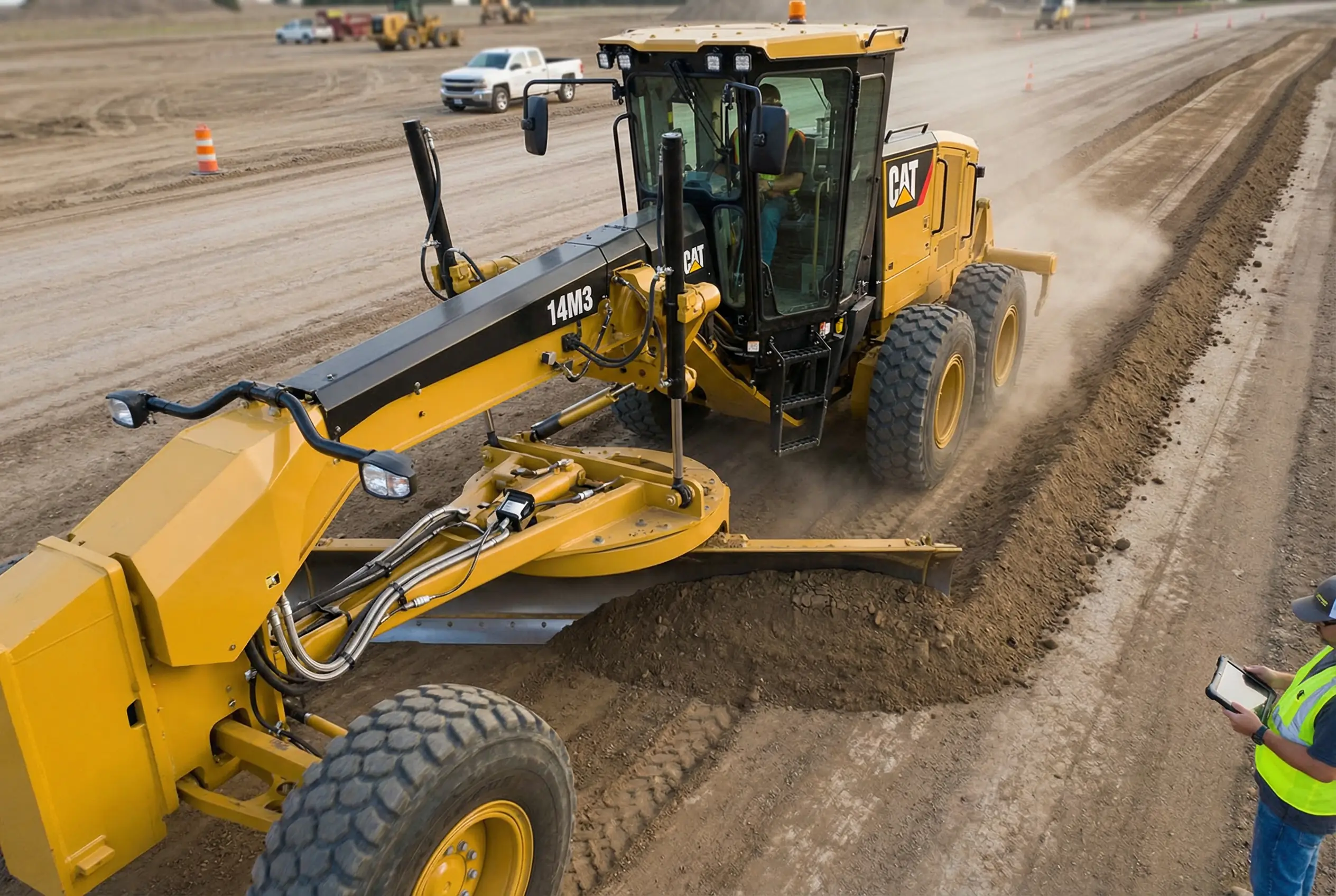
Motor Grader Predictive Diagnostics: Prevent Hydraulic Failures & Reduce Downtime

Pesticide Sprayer Calibration: Essential Safety Compliance Guide & Protection

Seeder Bearing Parts Sourcing Guide: Critical Components & Strategy

Downtime Prevention Through Smart Inventory for Grain Dryers

Combine Harvester Breakdown Prevention Guide: Predictive Analytics for Zero Downtime

Master Global Agricultural Parts Delivery | Mid-Season MRO Guide

Fixing Haul Truck Downtime Issues: Remote Parts Strategy Guide 2025
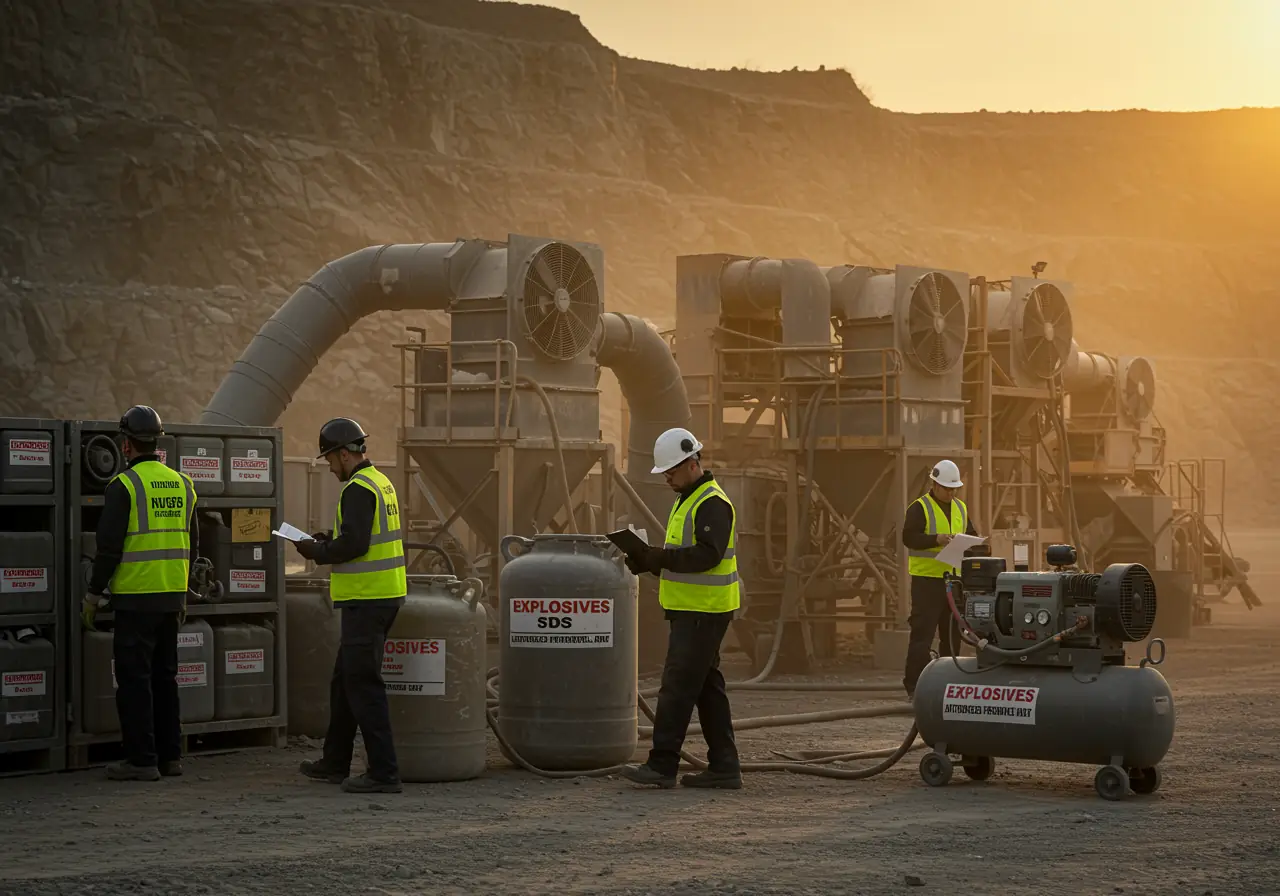
Blasting Equipment Safety Compliance: Must-Know Audit Requirements for 2025

The Step-by-Step Guide to Global Drill Rig Consumables Sourcing
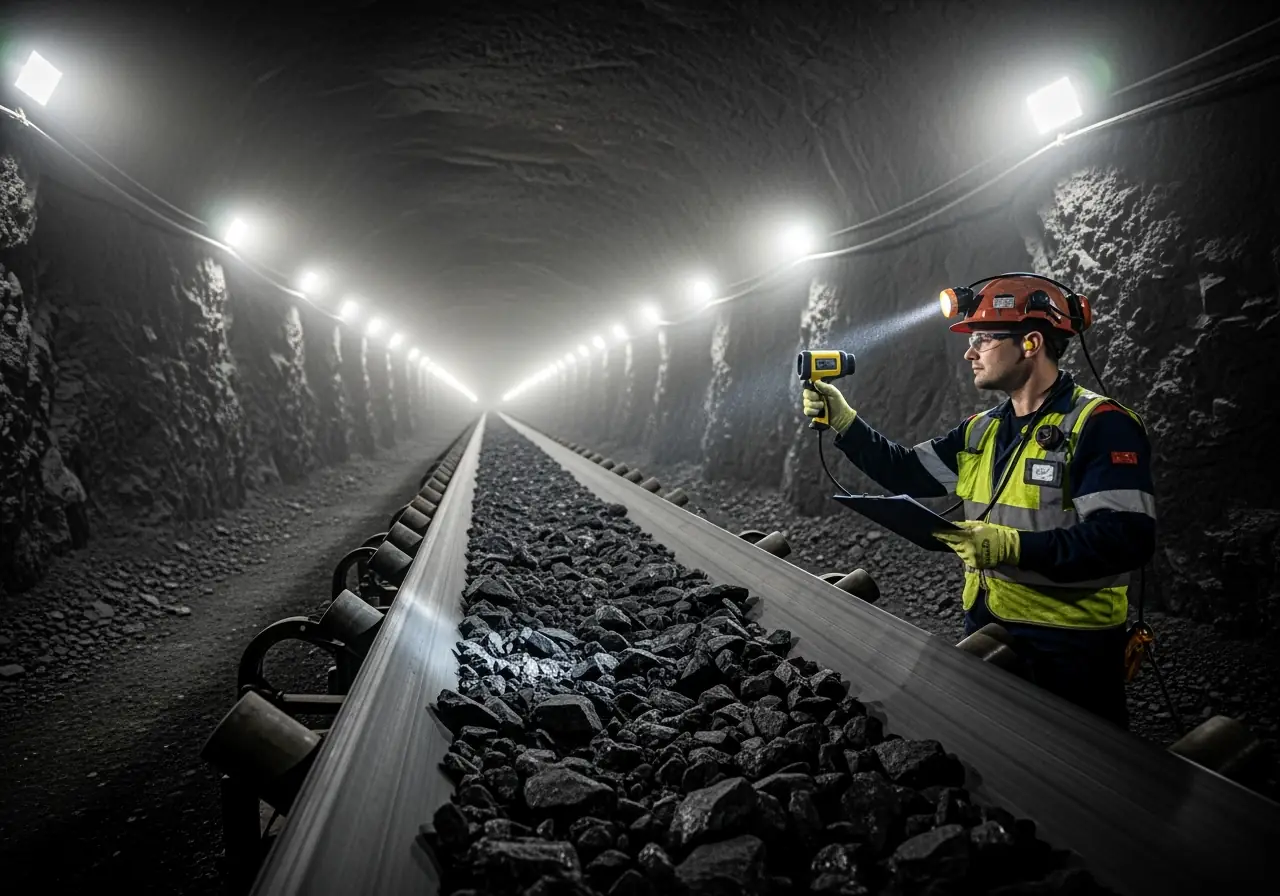
Mining Conveyor Maintenance Guide: Detecting Hidden Risks in Underground Systems
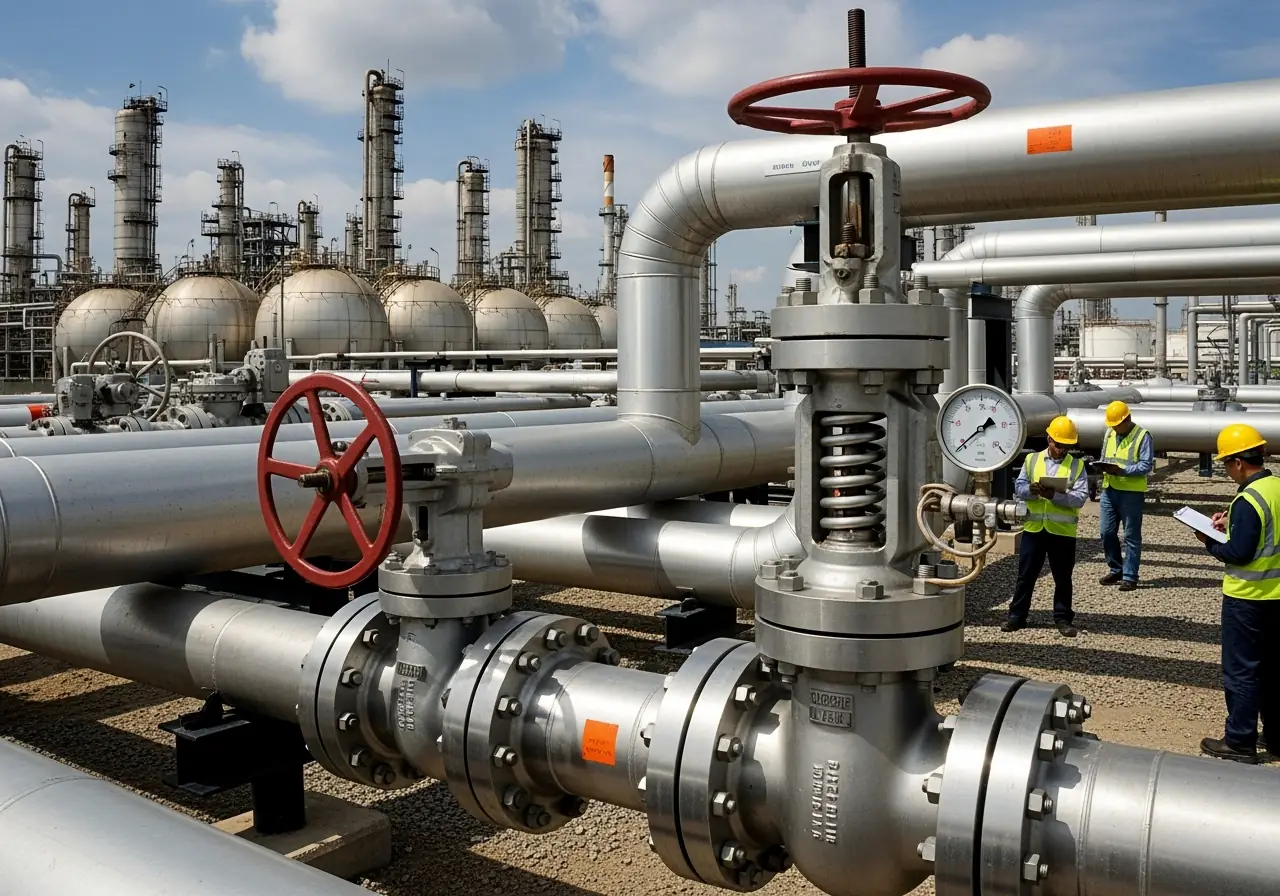
Best Practices for Certified Pipeline Valve Selection: From Specs to Installation

Optimizing Oil Rig PPE Delivery: Proven Strategies That Saved $2M Annually

FPSO Smart Parts Planning: Proven Methods to Cut Downtime

How FPSO Inspection Prevents Million-Dollar Shutdown Losses

Fix It Before It Breaks: A Farmer's Guide to Combine and Harvester Maintenance

Why Fast Tractor Parts Delivery is Changing Modern Farming [2025 Guide]

The Critical Farm Equipment Replacement Parts You Need Before Harvest 2025
.webp)
How to Double Your Farm Efficiency: Expert Guide to Smart Scaling

Cut Costs by 30%: Pre-Season Spare Parts Audit Checklist

Proven Success Factors for Agricultural Equipment Manufacturers in 2025

13 Overlooked Farm Spare Parts That Halt Operations — Pt. 2

13 Overlooked Farm Spare Parts That Halt Operations — Pt. 1

Top Hydraulic Components for Agricultural Equipment in 2025: Complete Guide
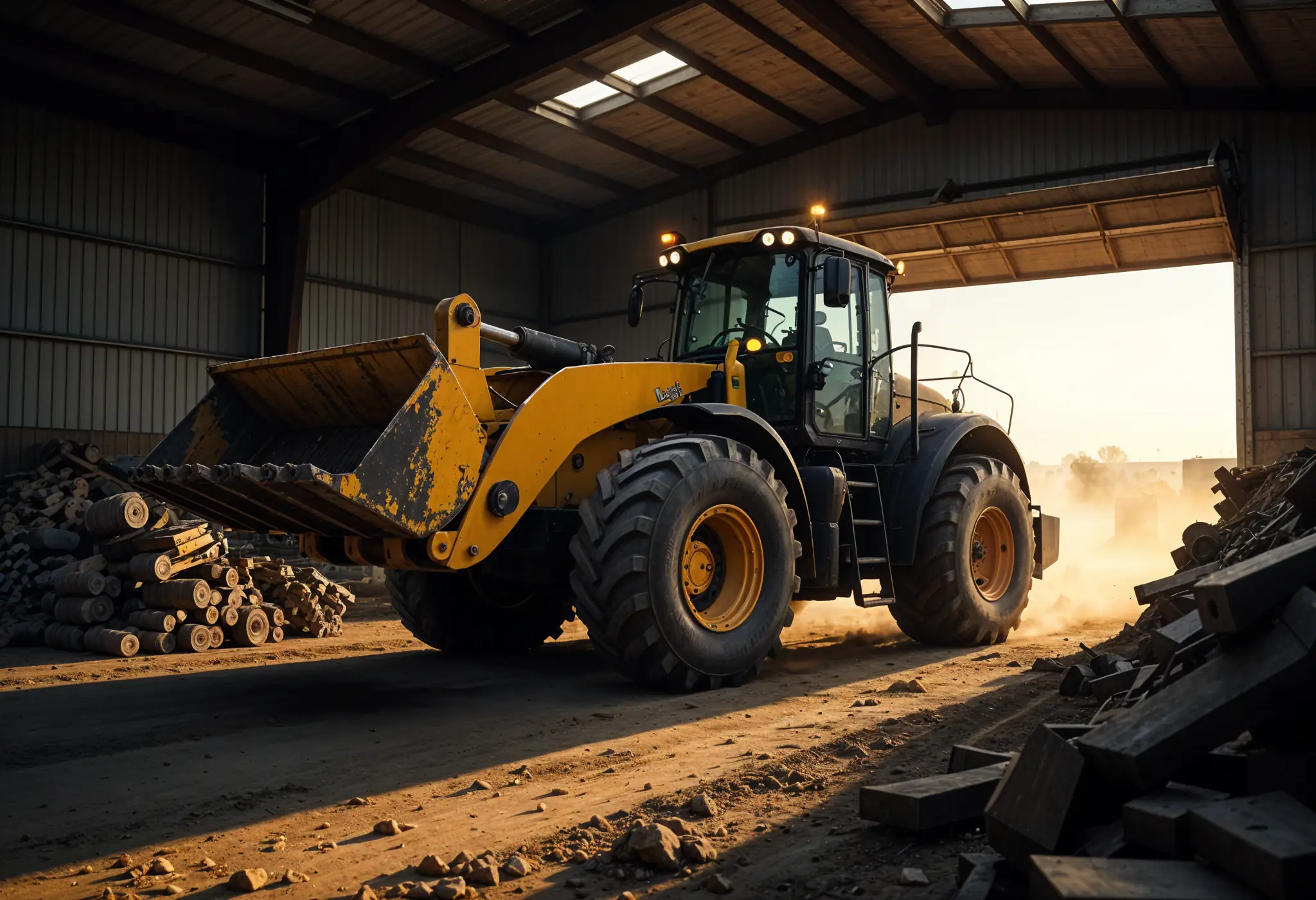
The Essential Farm Equipment Parts You Can't Afford to Run Out Of

How to Service Farm Equipment: A Farmer's Guide to Zero Harvest Downtime
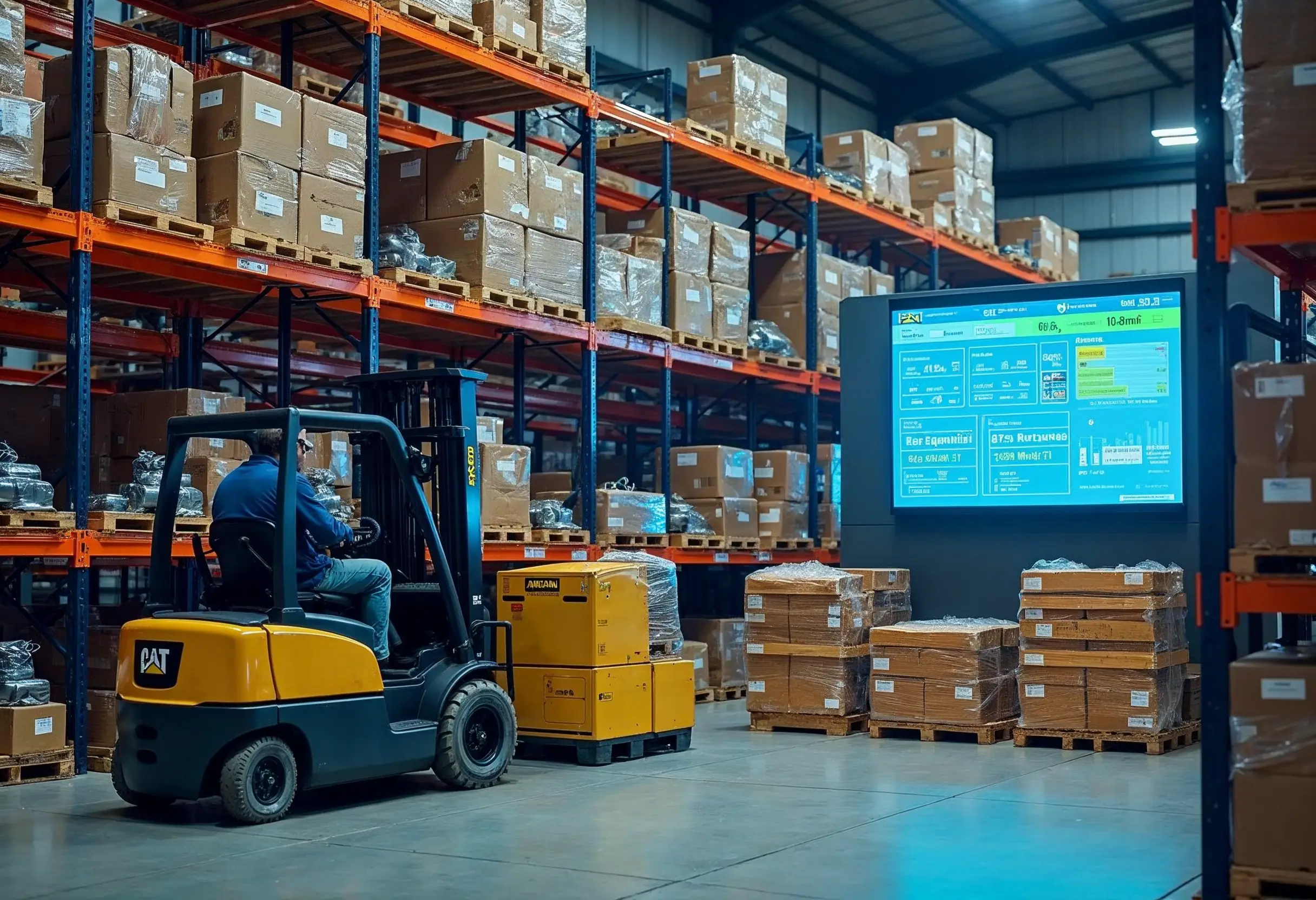
Construction Machinery Parts Suppliers: Expert Selection Guide
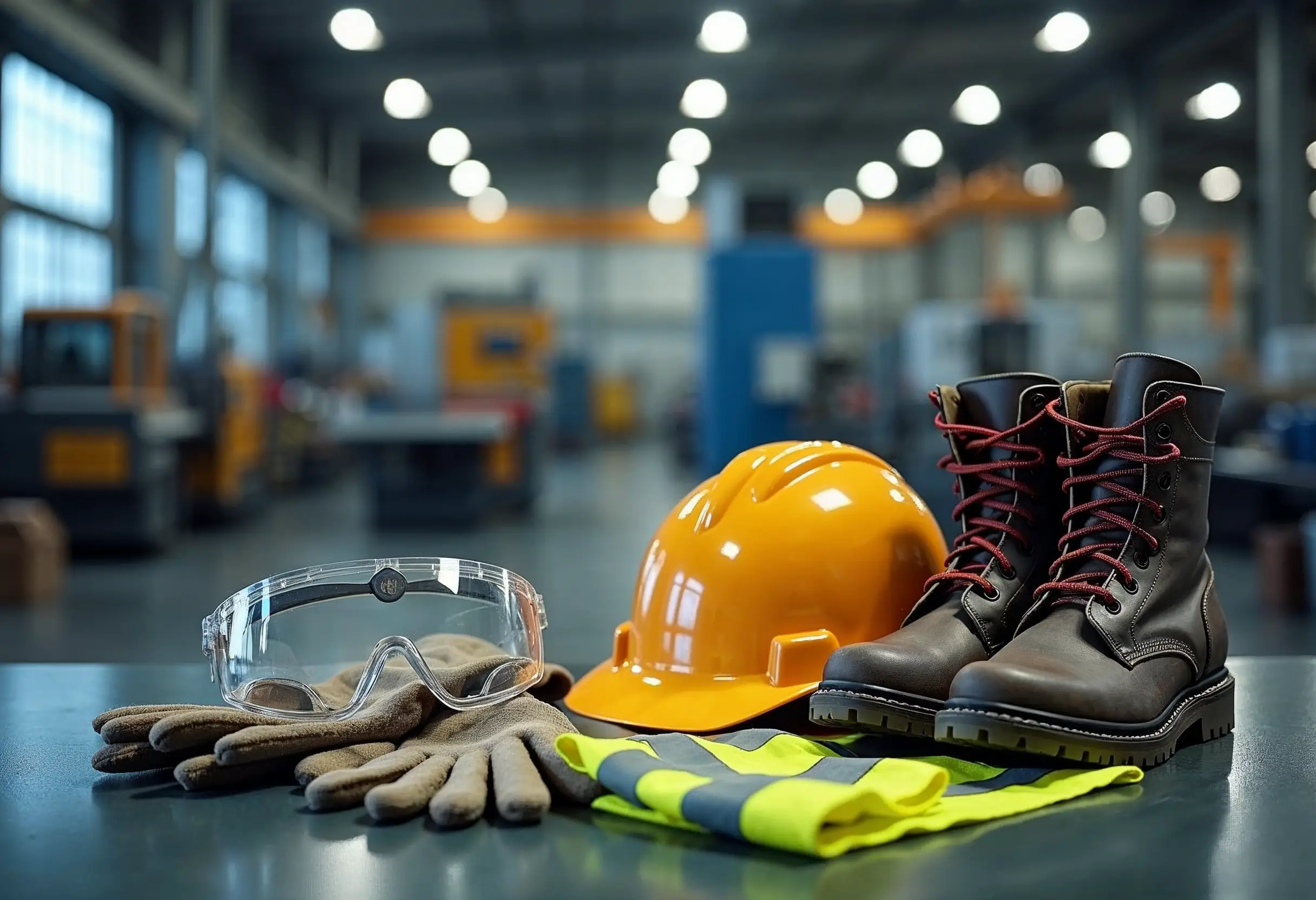
How to Apply Machine Safety Rules: From Selection to Installation
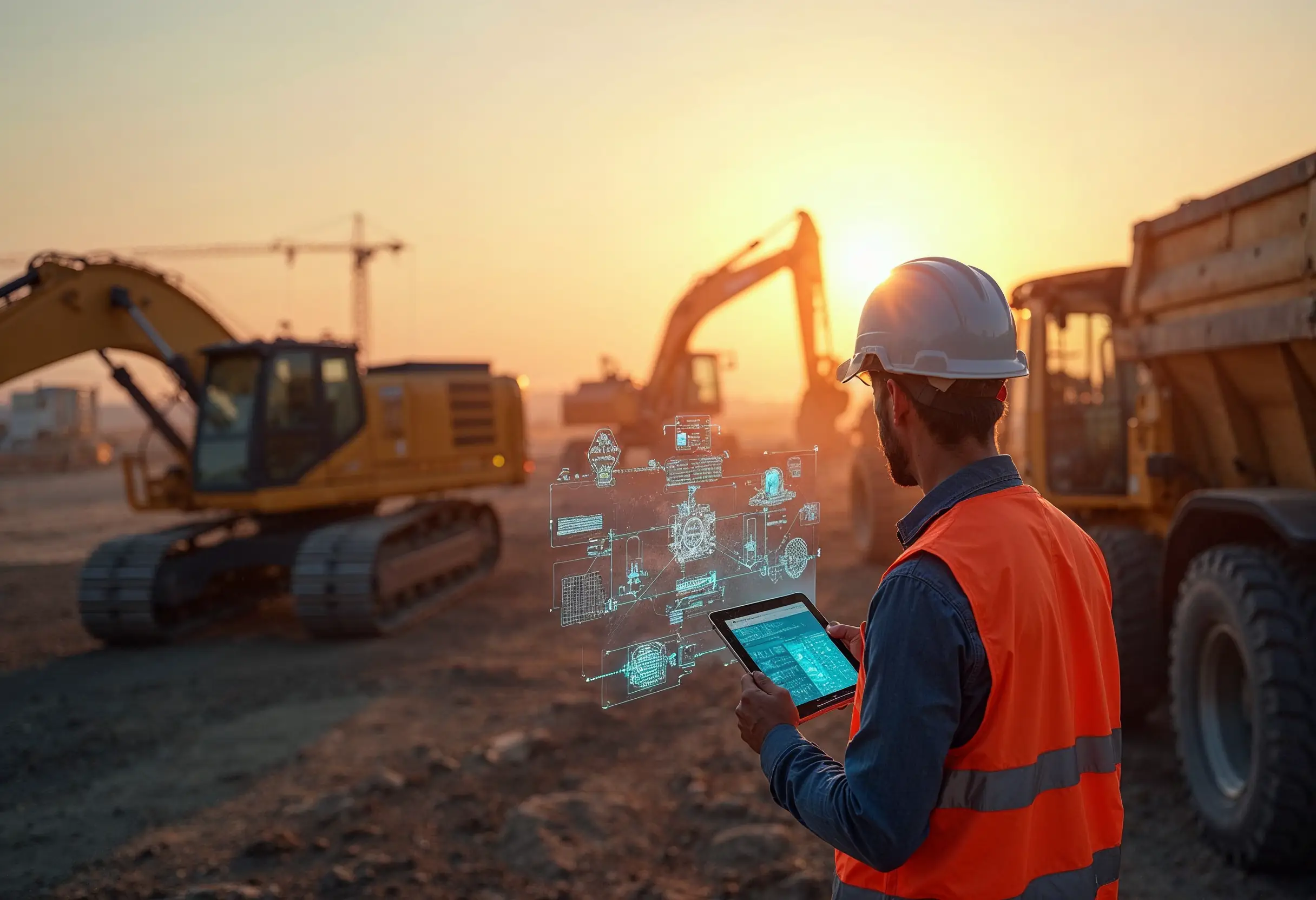
Smart Diagnostics Cut Heavy Equipment Failures by 73%
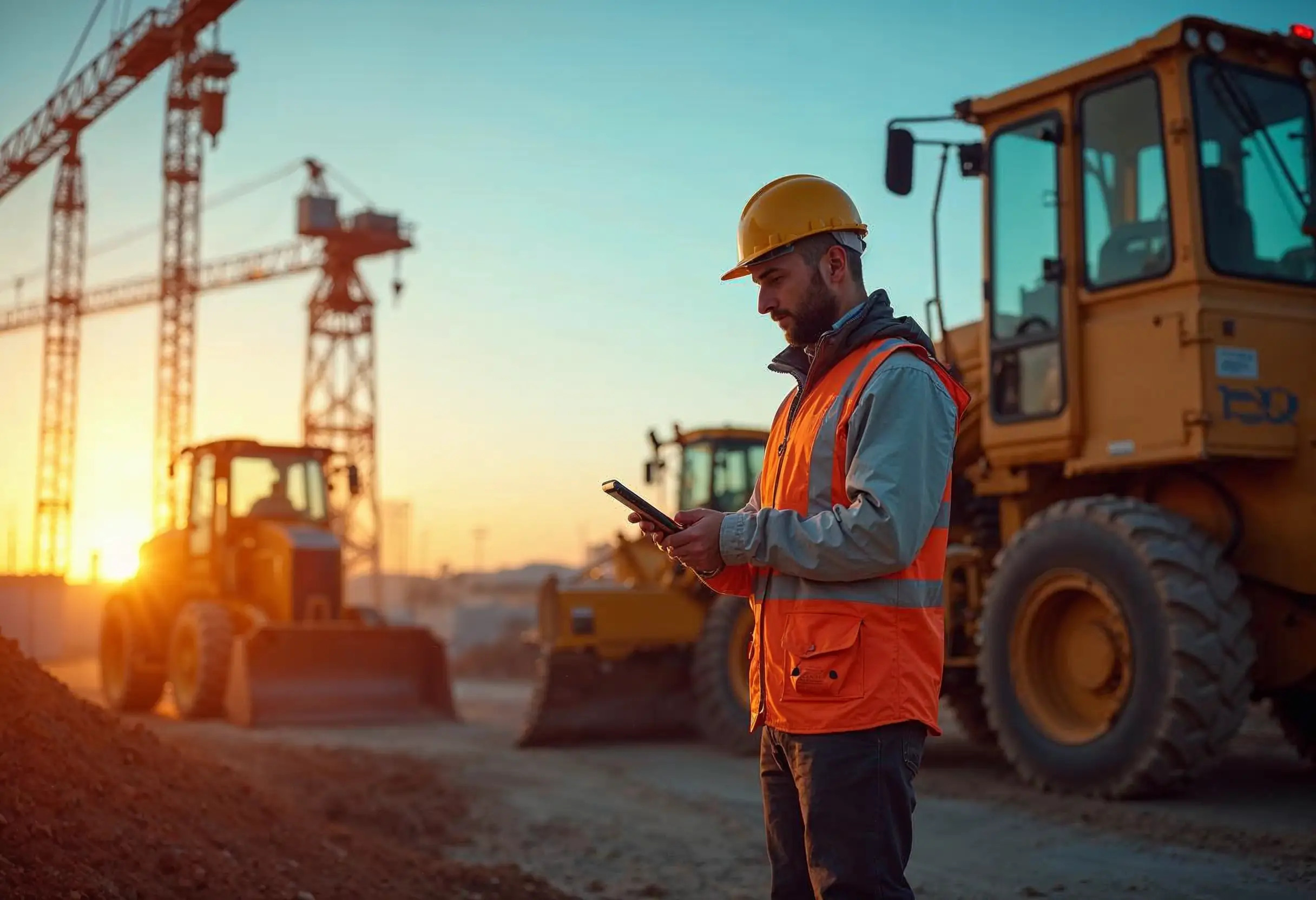
5 Ways to Assess the Environmental Impact of Heavy Construction Machinery

10 Smart Ways to Pick Construction Machinery for 2025 Projects
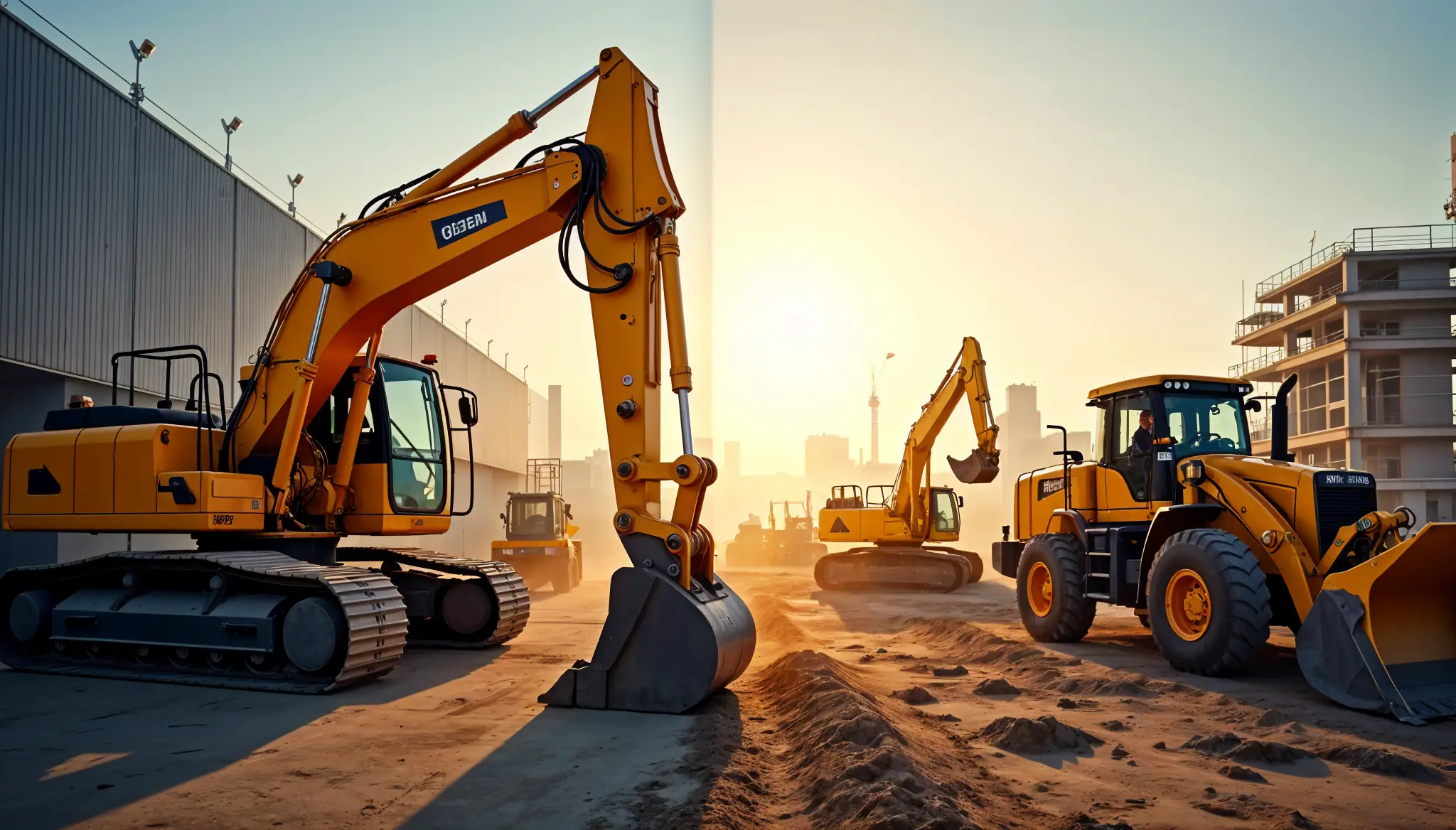
Rent vs Purchase Equipment: What Heavy Industry Experts Hide
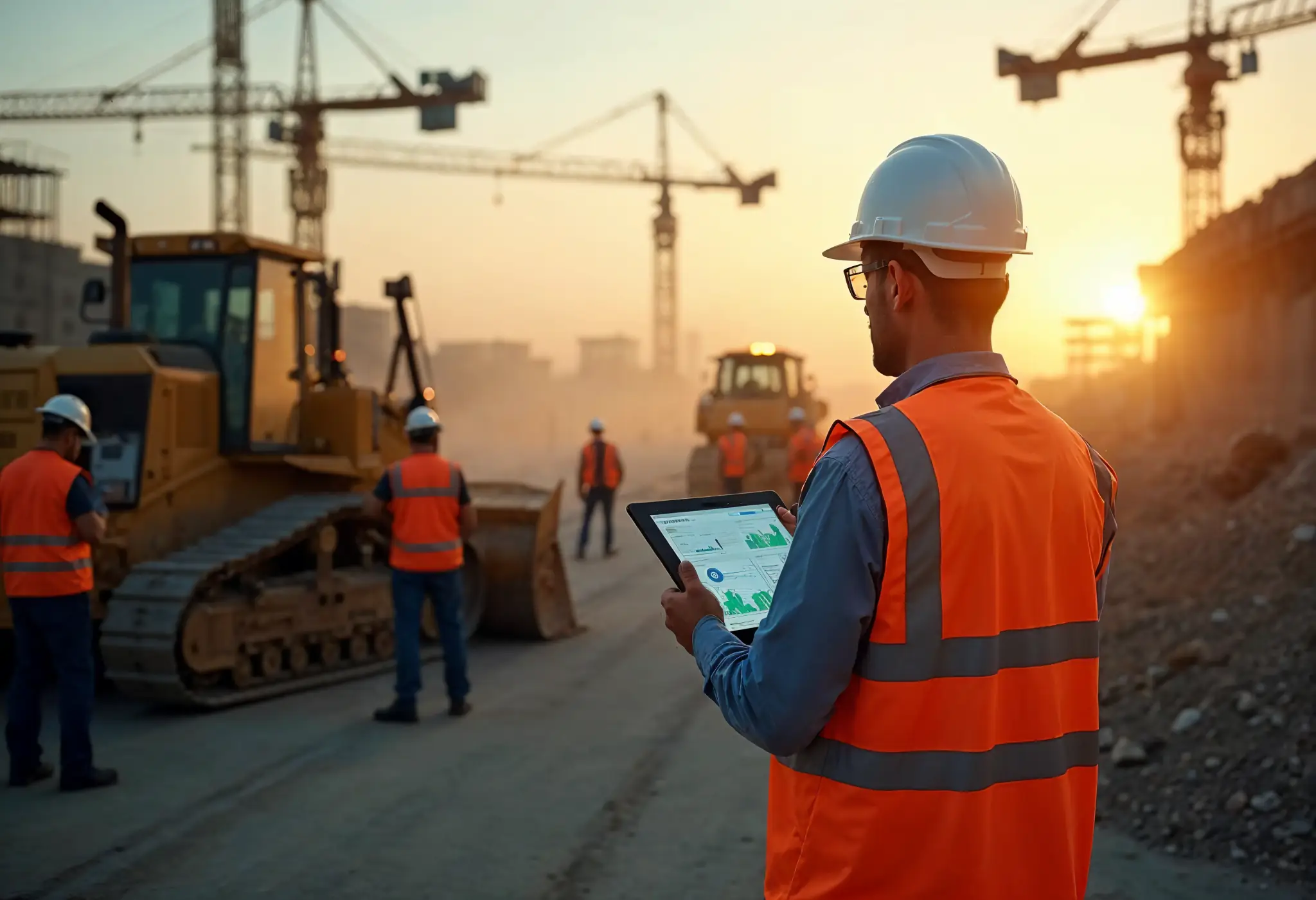
How to Implement a Construction Inventory Management System for Equipment Efficiency

How to Extend Equipment Life Expectancy with Regular Maintenance
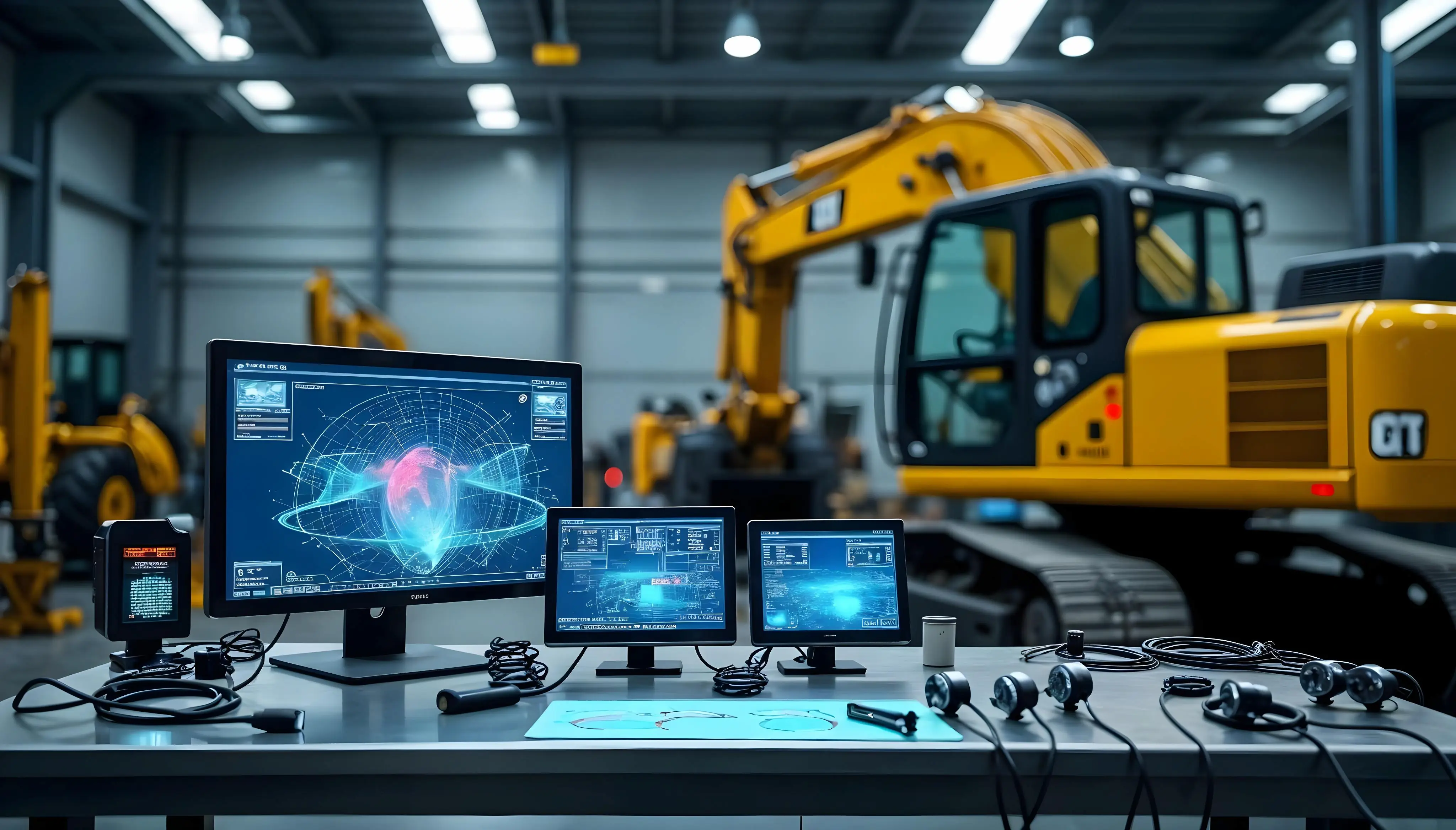
Advanced Heavy Equipment Diagnostic Tools: Ensuring Construction Machinery Quality
Essential Features Your Construction Equipment Inventory System Needs
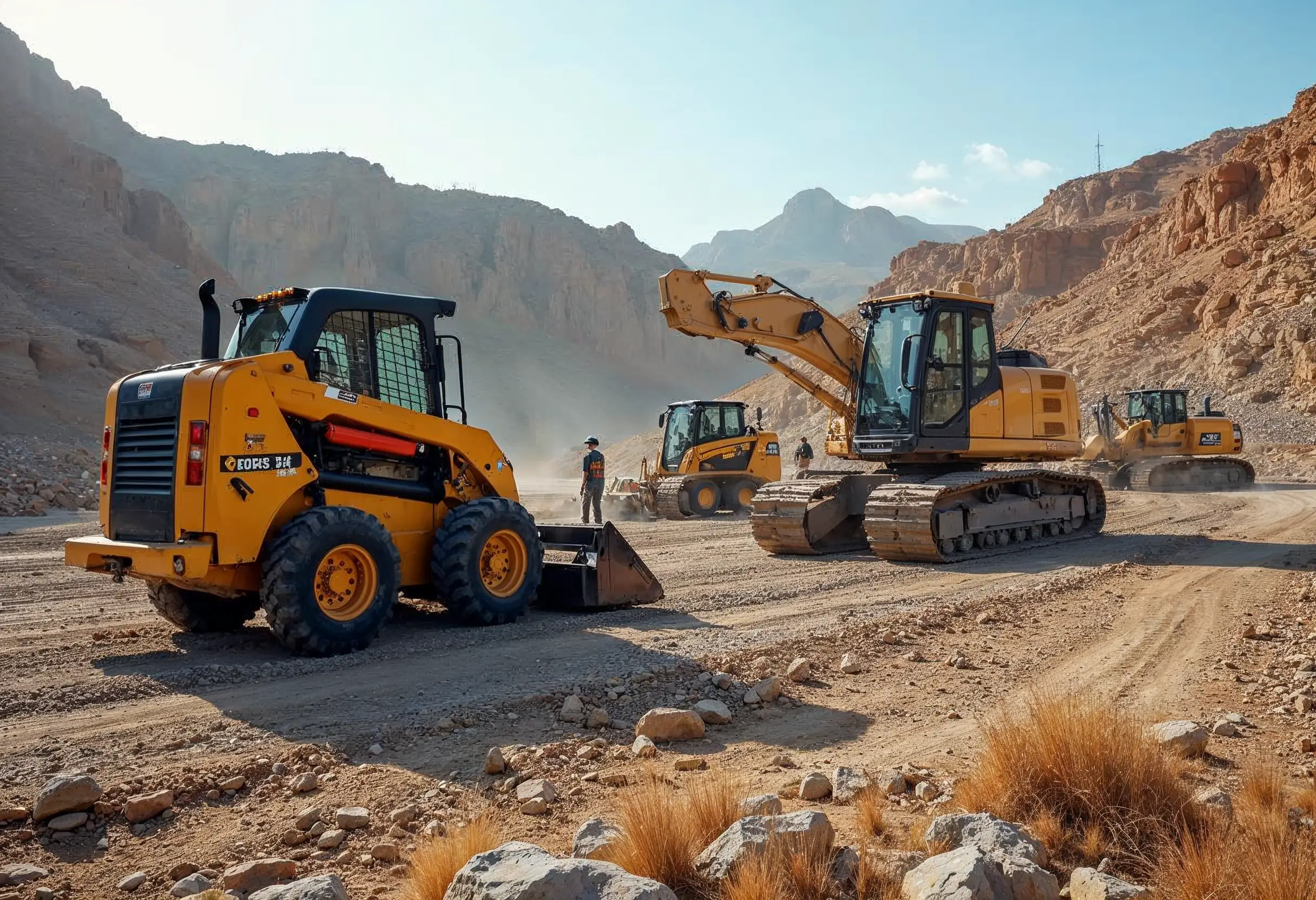
29 Quick Tips for Choosing Construction Equipment for Remote Locations
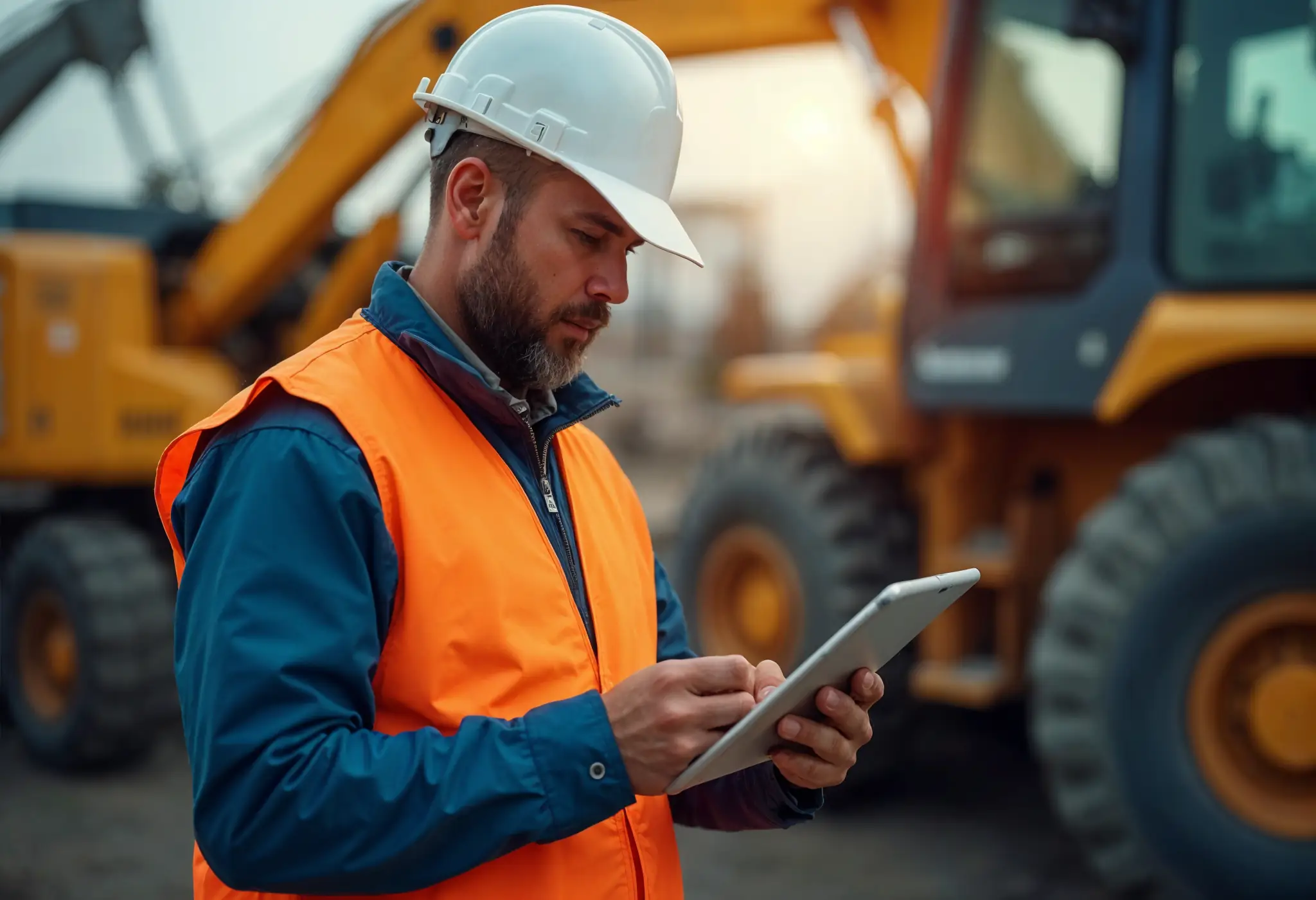
How to Select Construction Machinery with Optimal Equipment Maintenance in Mind
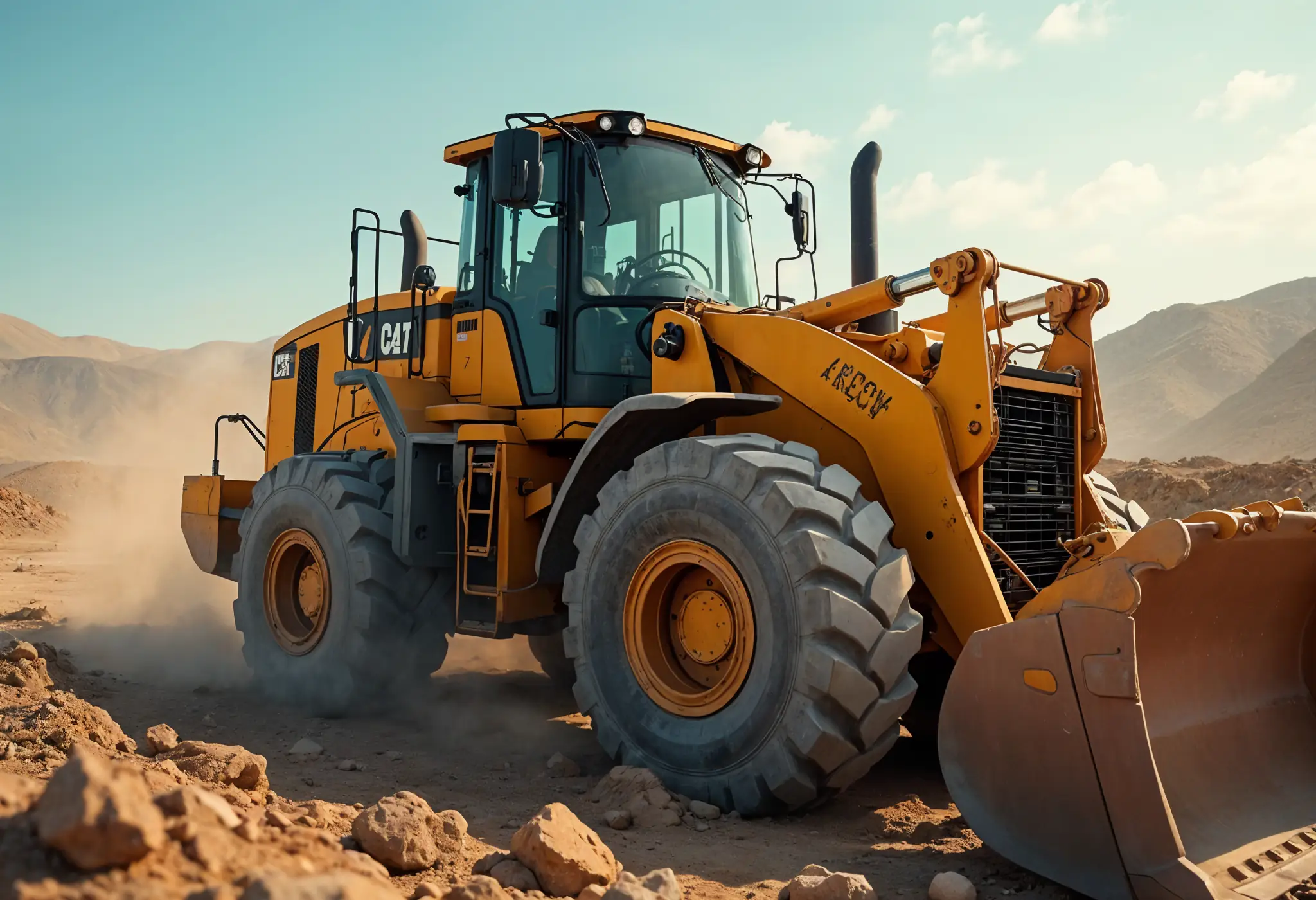
Top 25 Tips for Selecting Bulldozers for Construction Sites
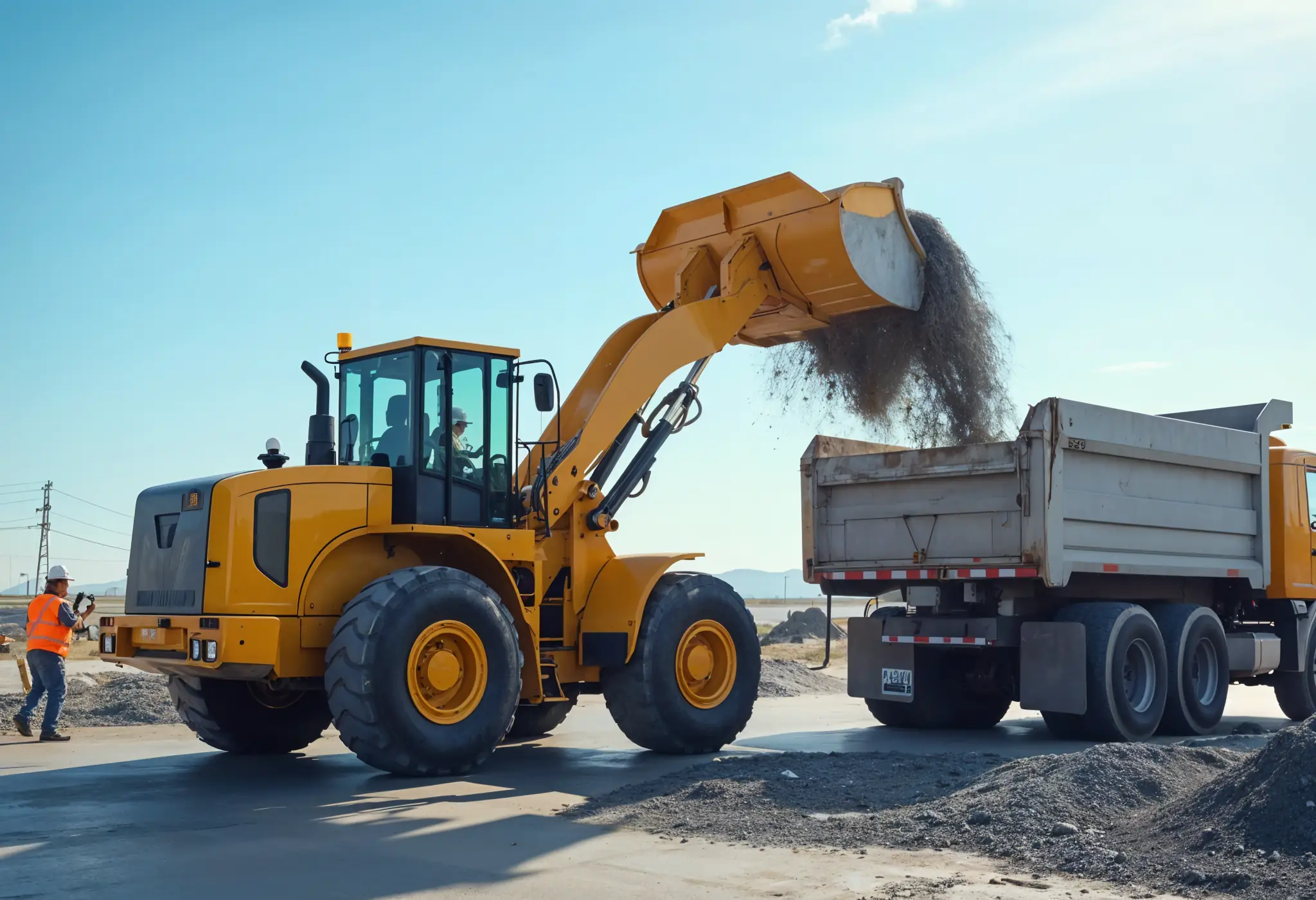
Which Construction Loader is Best for Your Project Needs?

4 Key Steps to Form a Construction Machinery QC Team

15 Essential Tips for Selecting the Perfect Crane for Construction
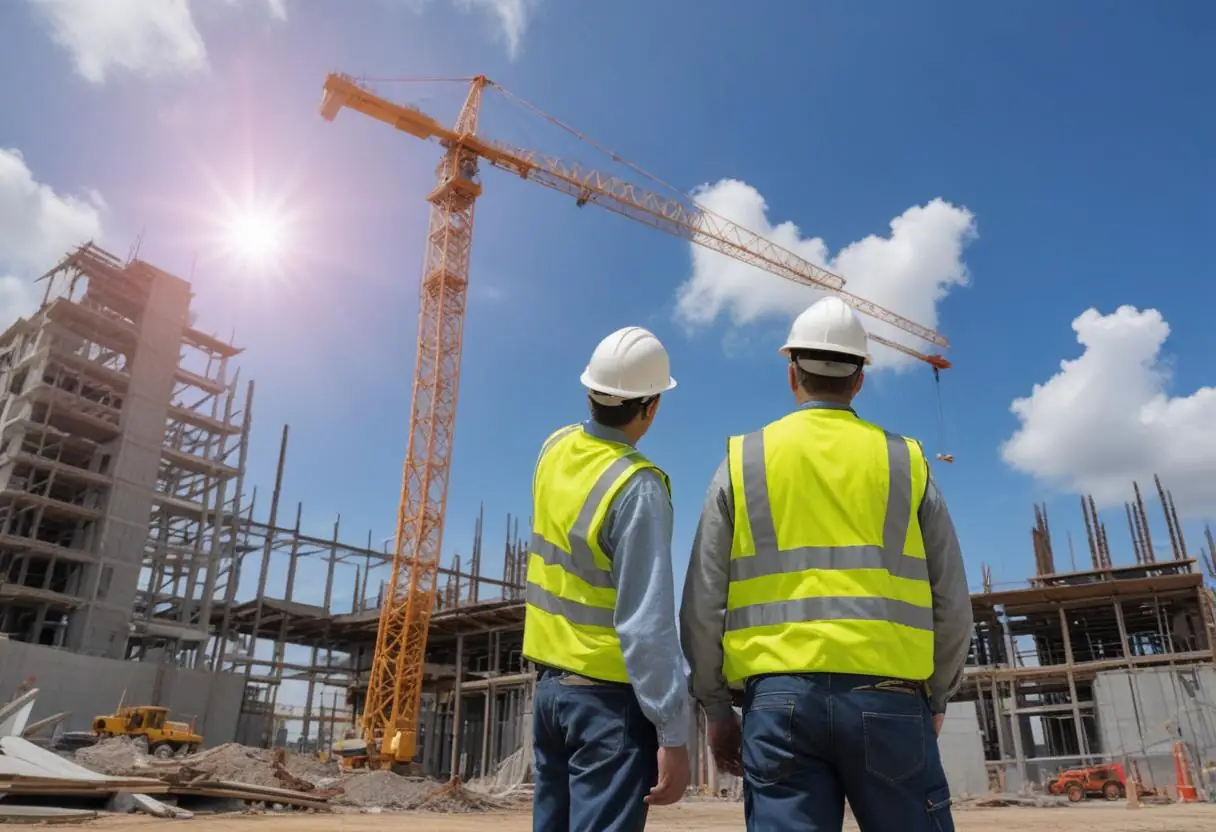
Maximize Savings: Multi-Purpose Construction Machinery for Lower Costs

Affordable Heavy Equipment Parts: A Sourcing Guide
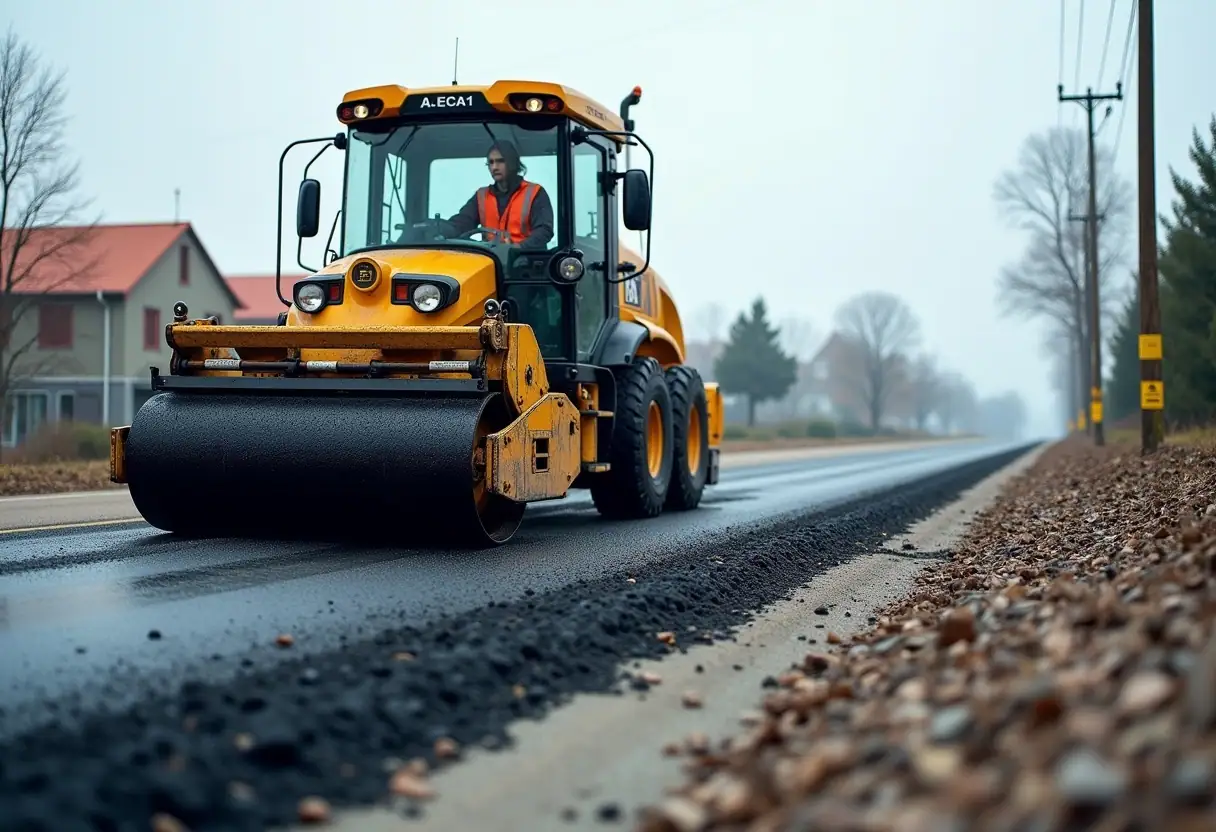
Choosing the Right Road Construction Equipment: A Complete Guide

Motor Graders: Key Elements to Consider for Optimal Selection
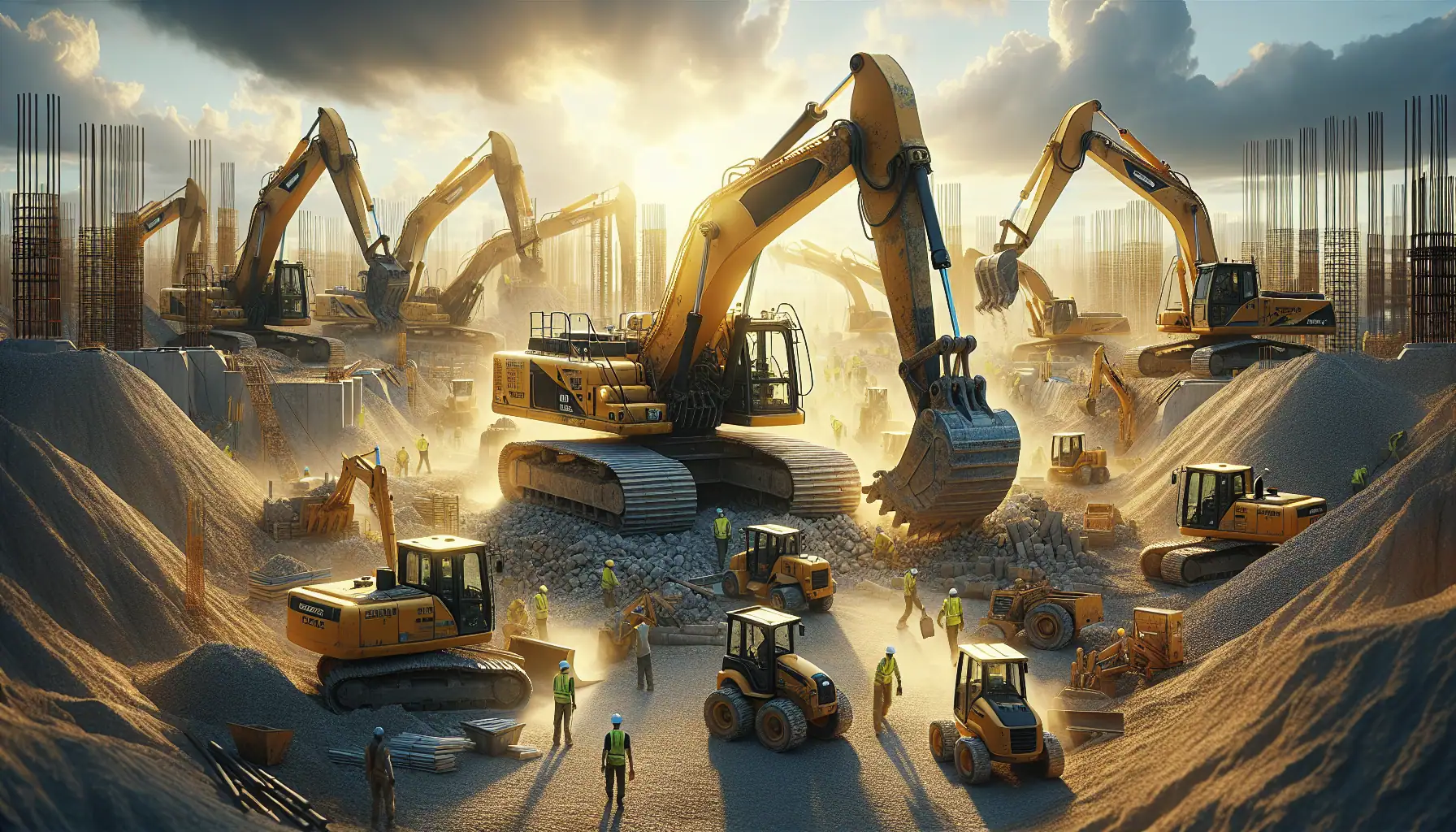
A Detailed Guide to Choosing Excavators for Construction Work

Top Tips for Choosing Cranes for Construction Projects
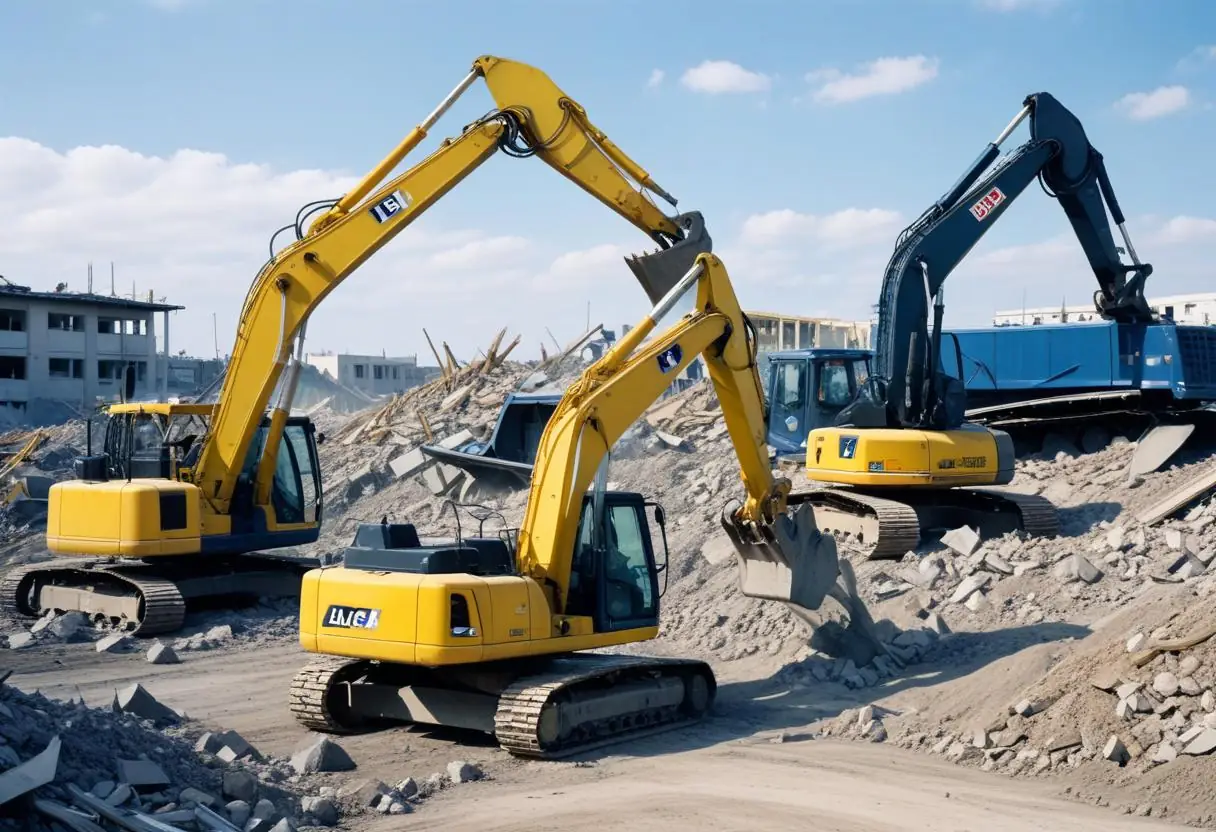
5 Top-Rated Demolition Machines for Construction Professionals
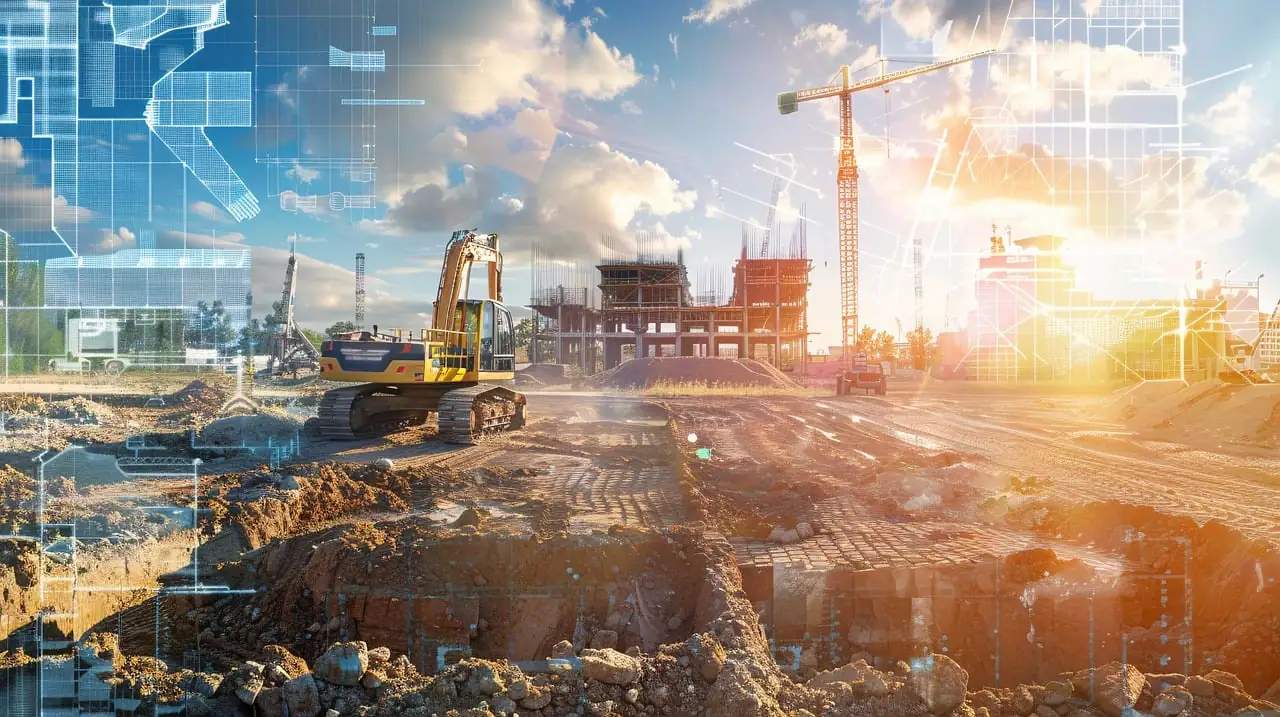
Expert Tips on Choosing Earthmoving Equipment for Large Projects
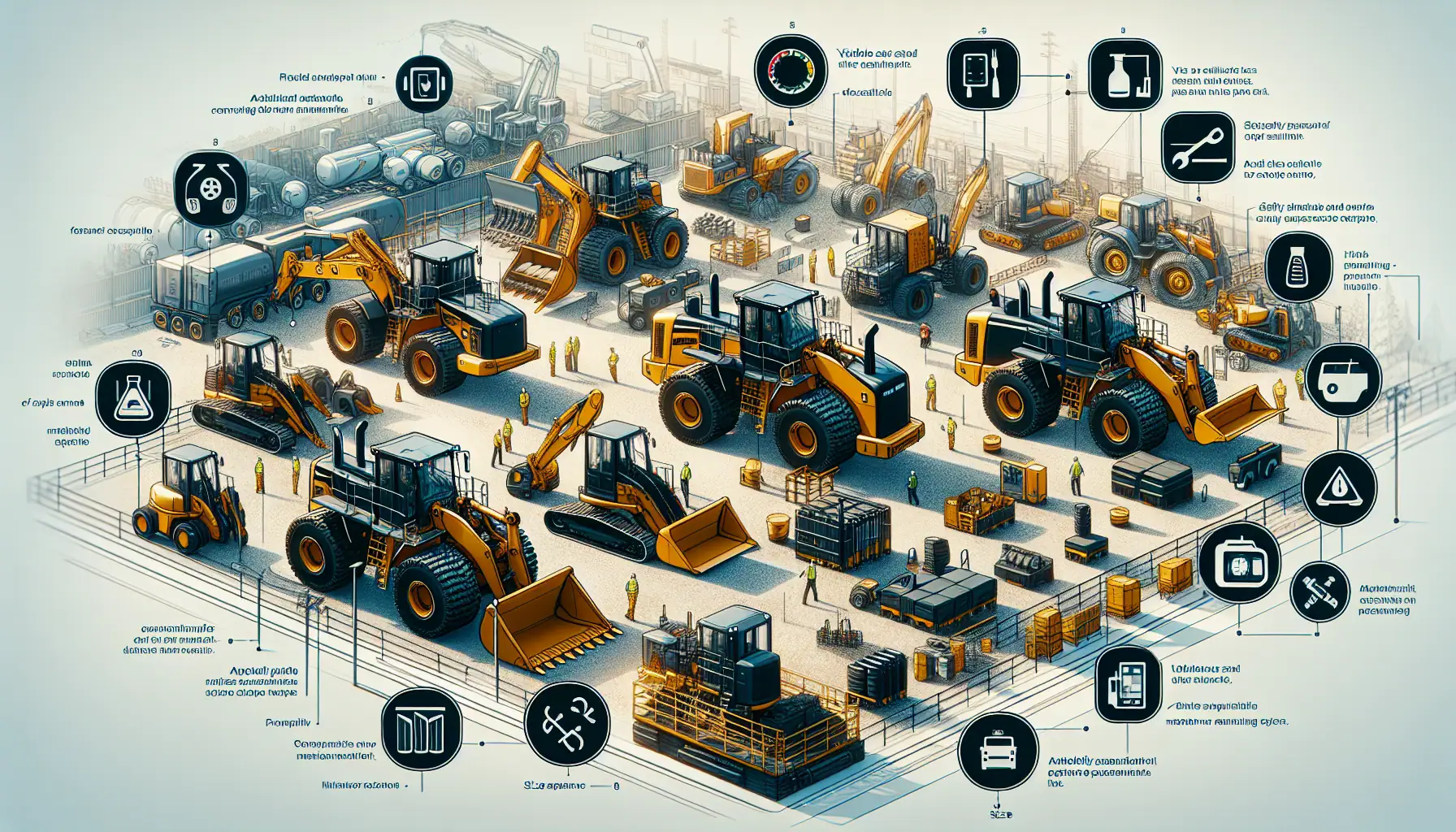
Top Functional Criteria for Selecting Heavy Construction Equipment
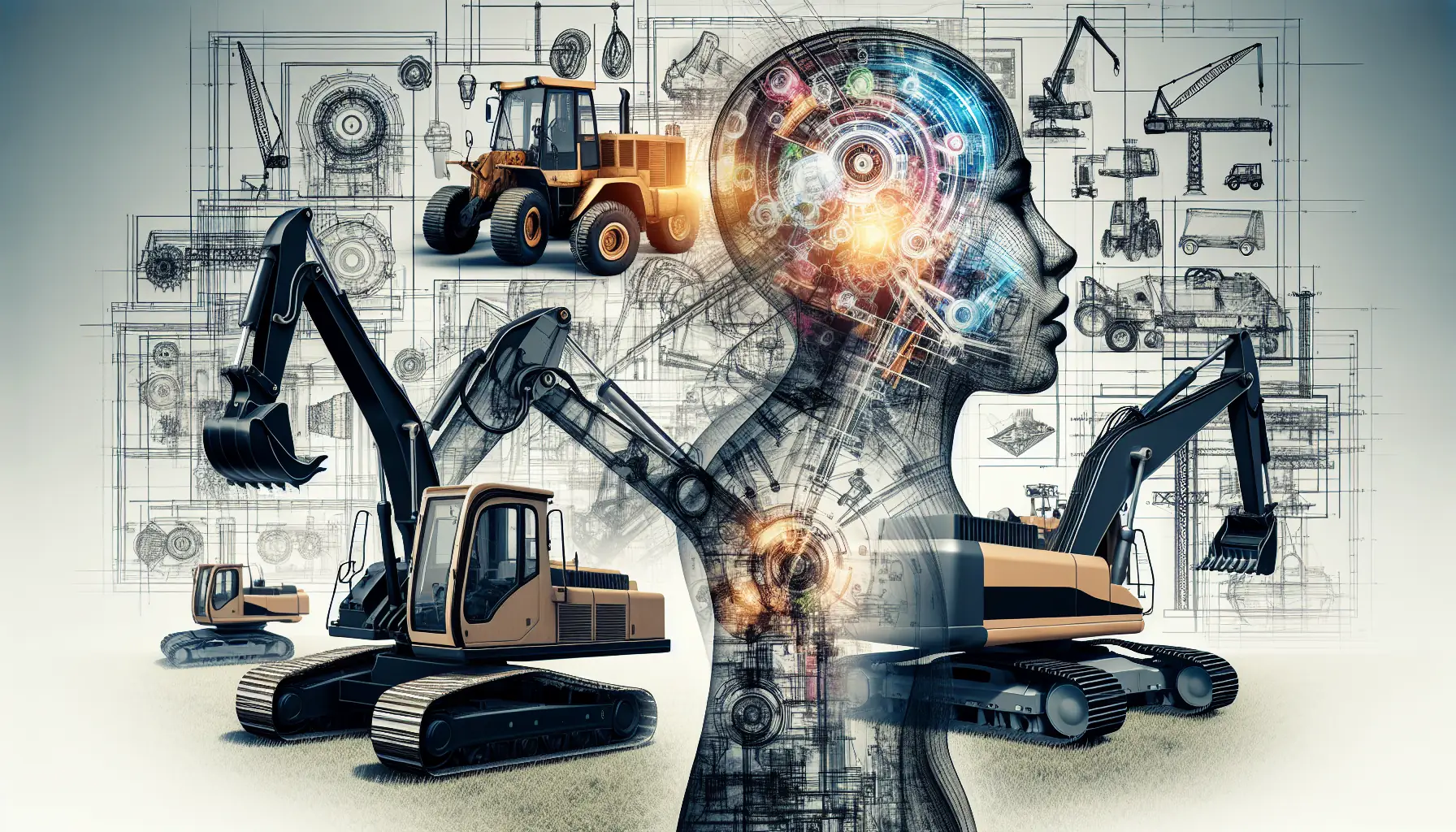
Construction Machinery: Detailed Guide to Equipment Specifications
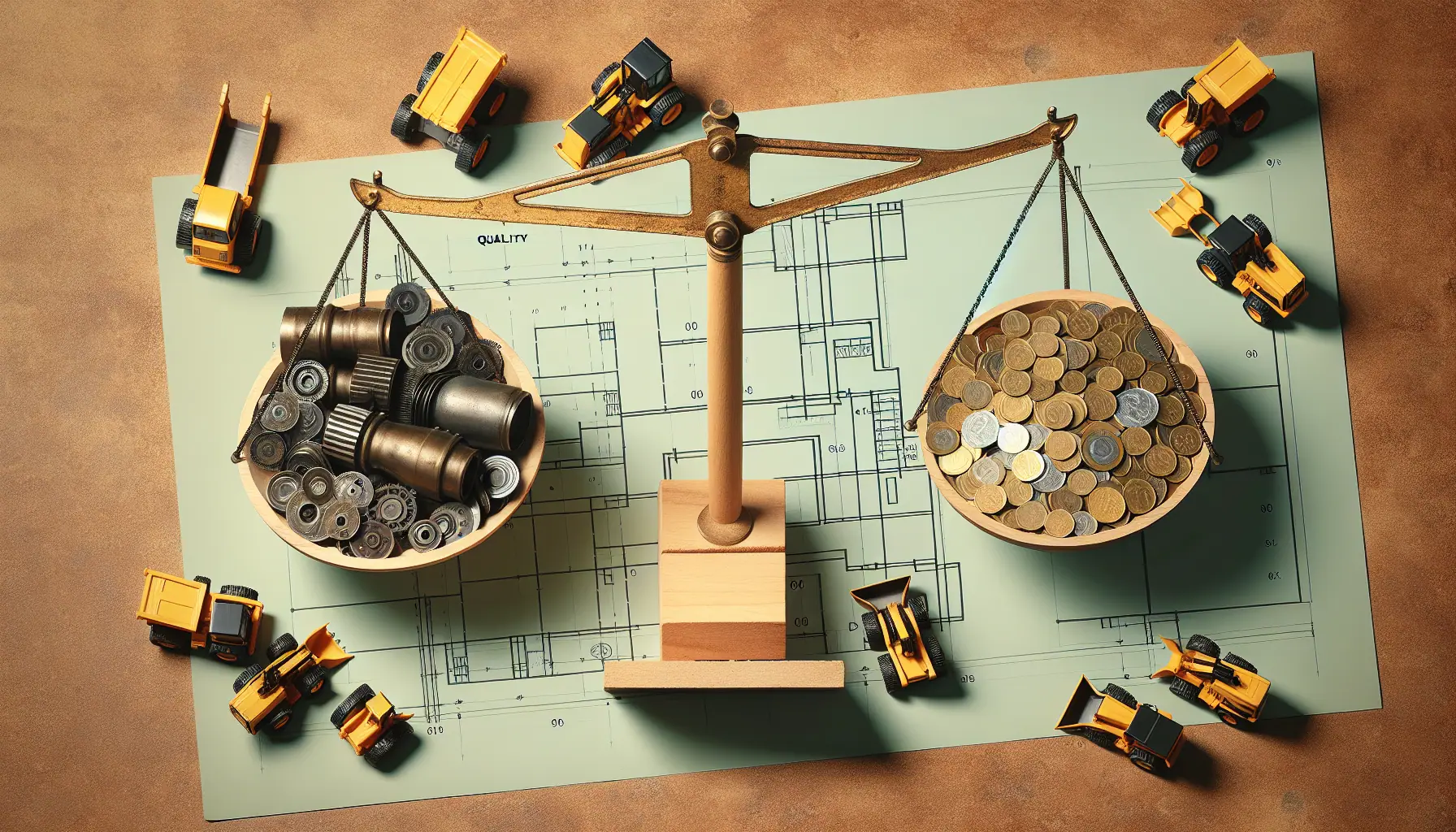
Heavy Machinery Prices: Key Factors in Cost and Quality Balance

Best Construction Heavy Equipment Brands: Pros and Cons
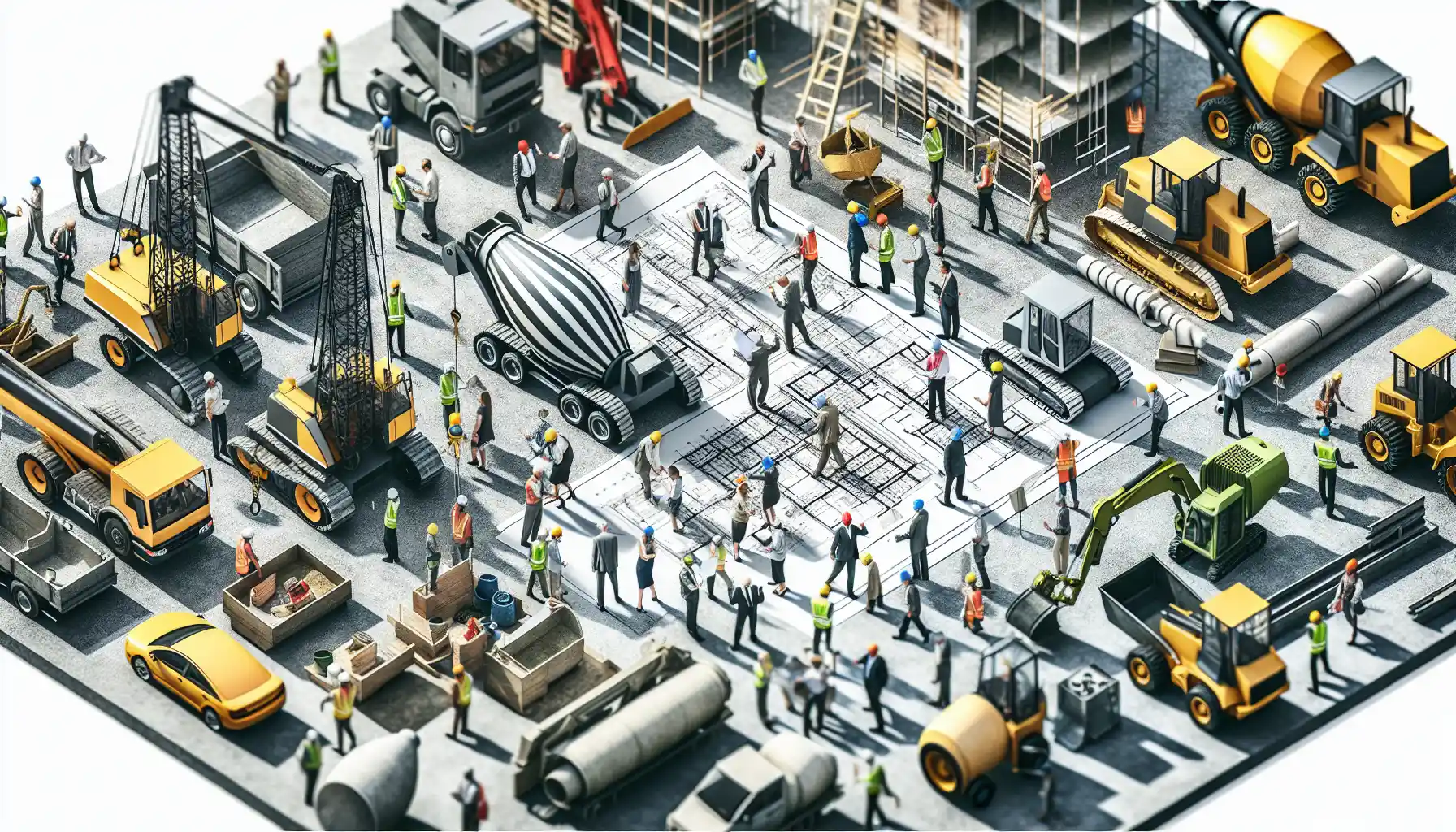
Construction Site Equipment: How to Determine Your Requirements

Maximizing Safety: Risk Management for Construction Projects

Innovations in Construction: Transforming Machinery and Equipment
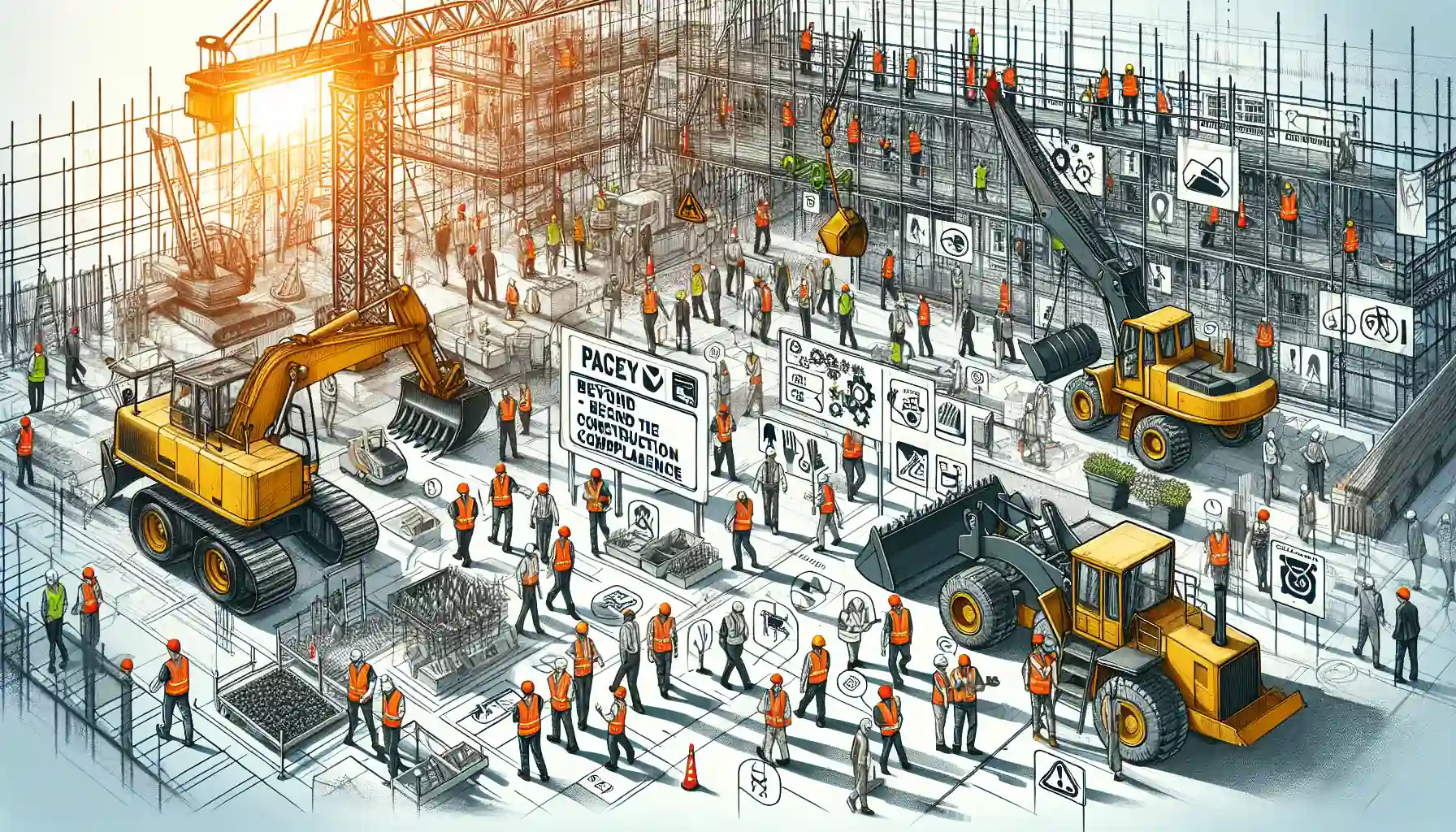
Heavy Equipment Safety: Beyond the Basics in Construction Compliance
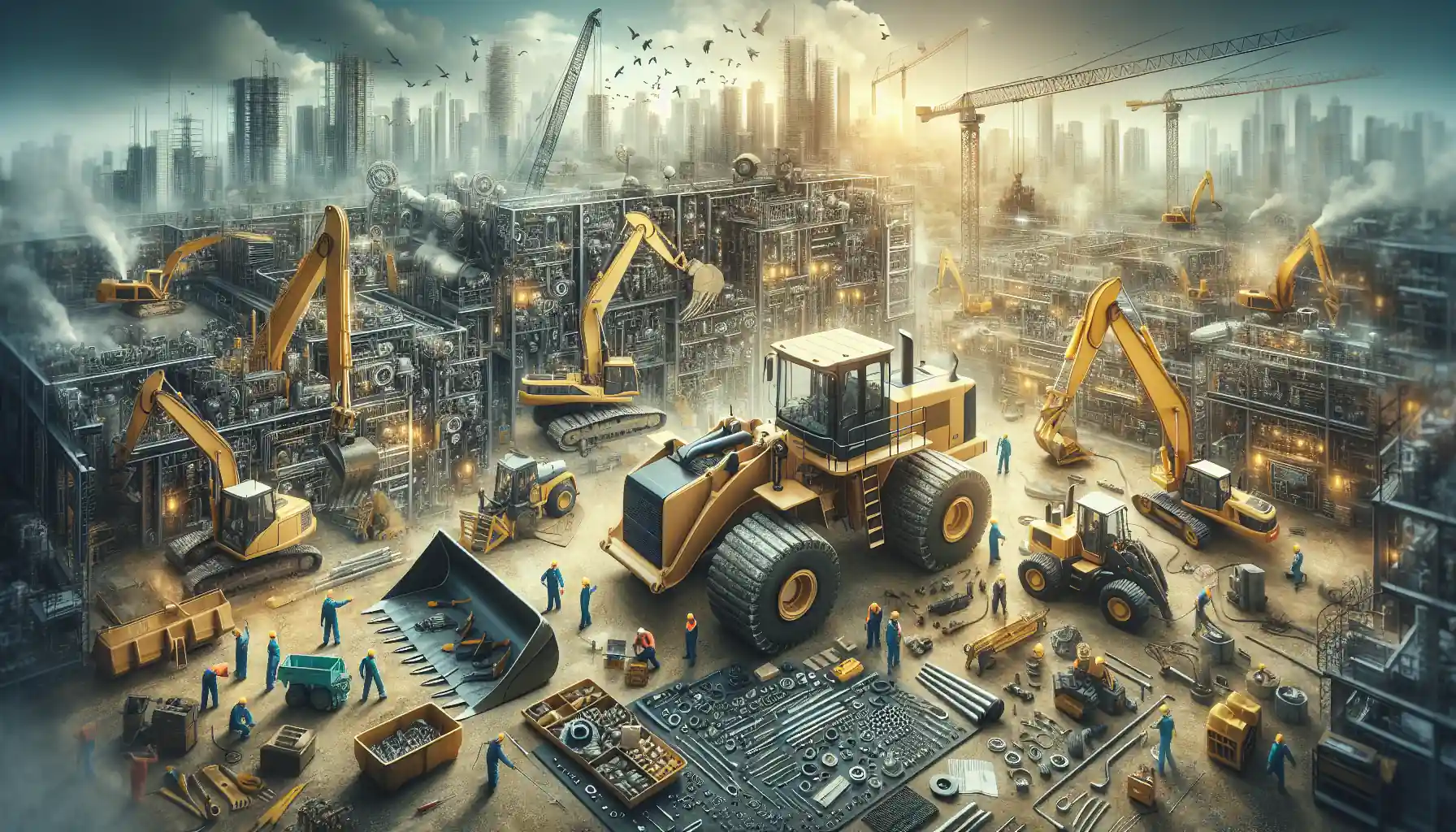
The Essential Handbook for Construction Equipment Repair and Maintenance
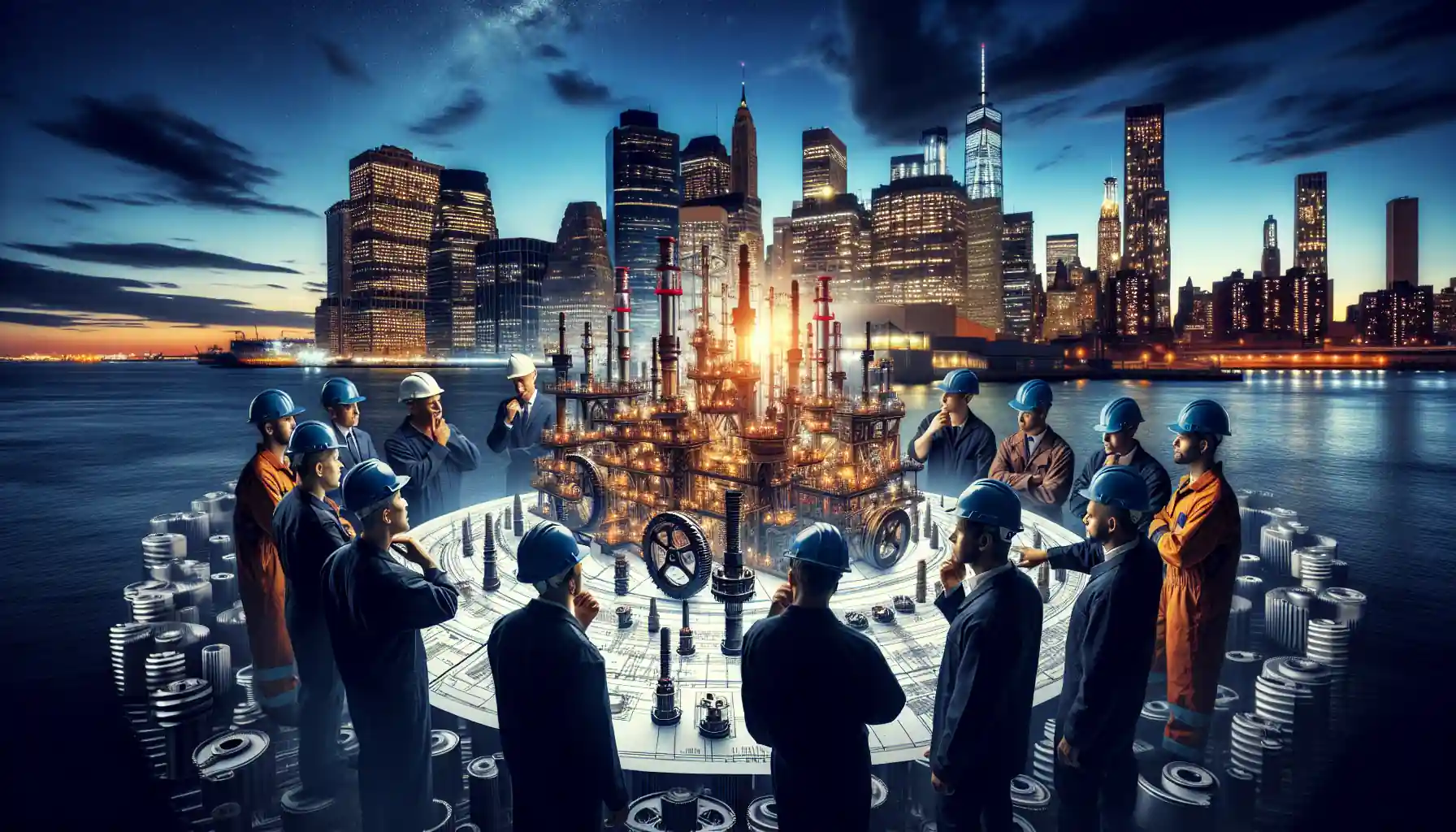
How to Efficiently Source Oil and Gas Machinery Parts in NYC

Essential Guide to Sourcing Agriculture Equipment Parts
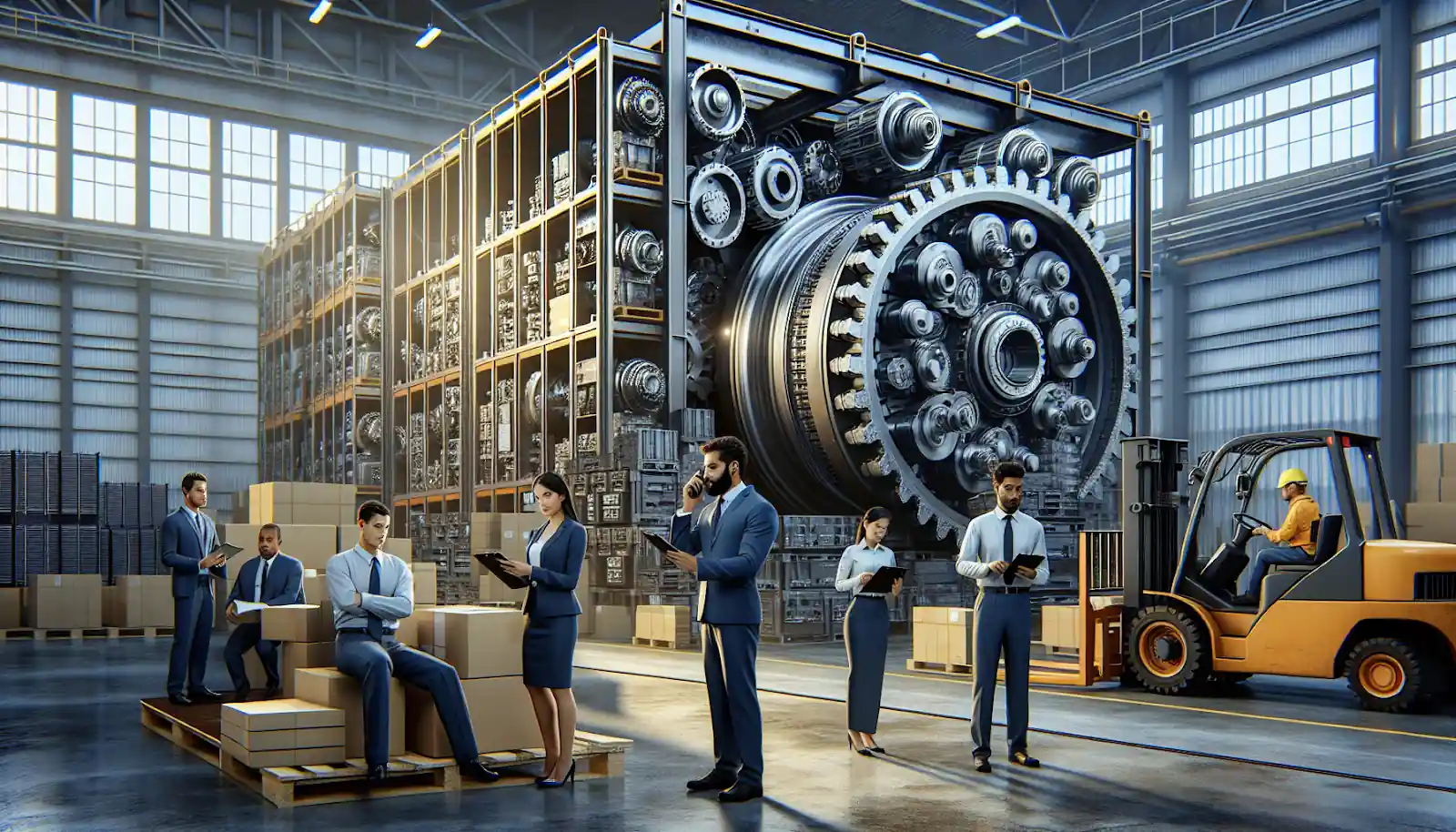
How to Source Mining Machinery Parts: Tips and Strategies
